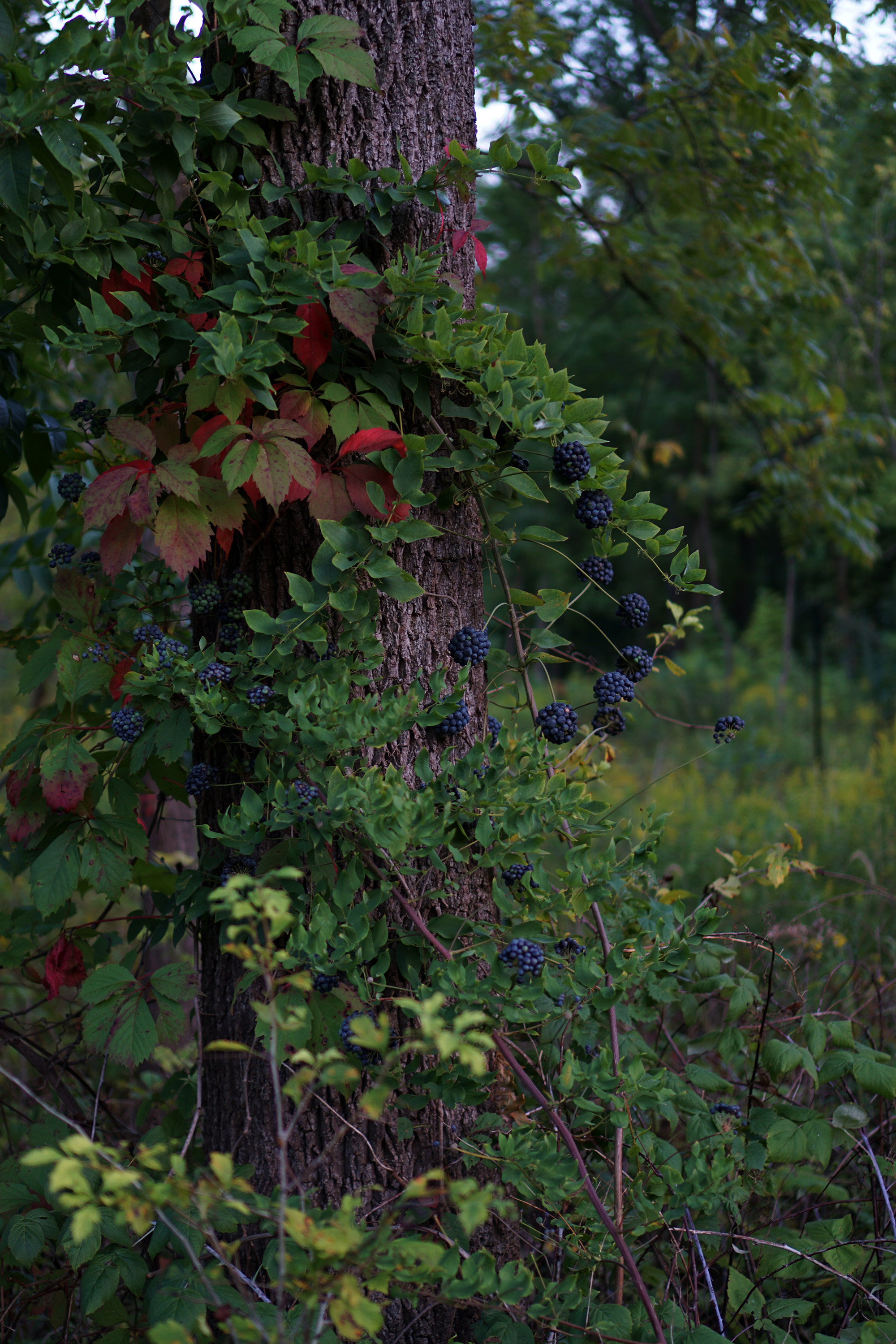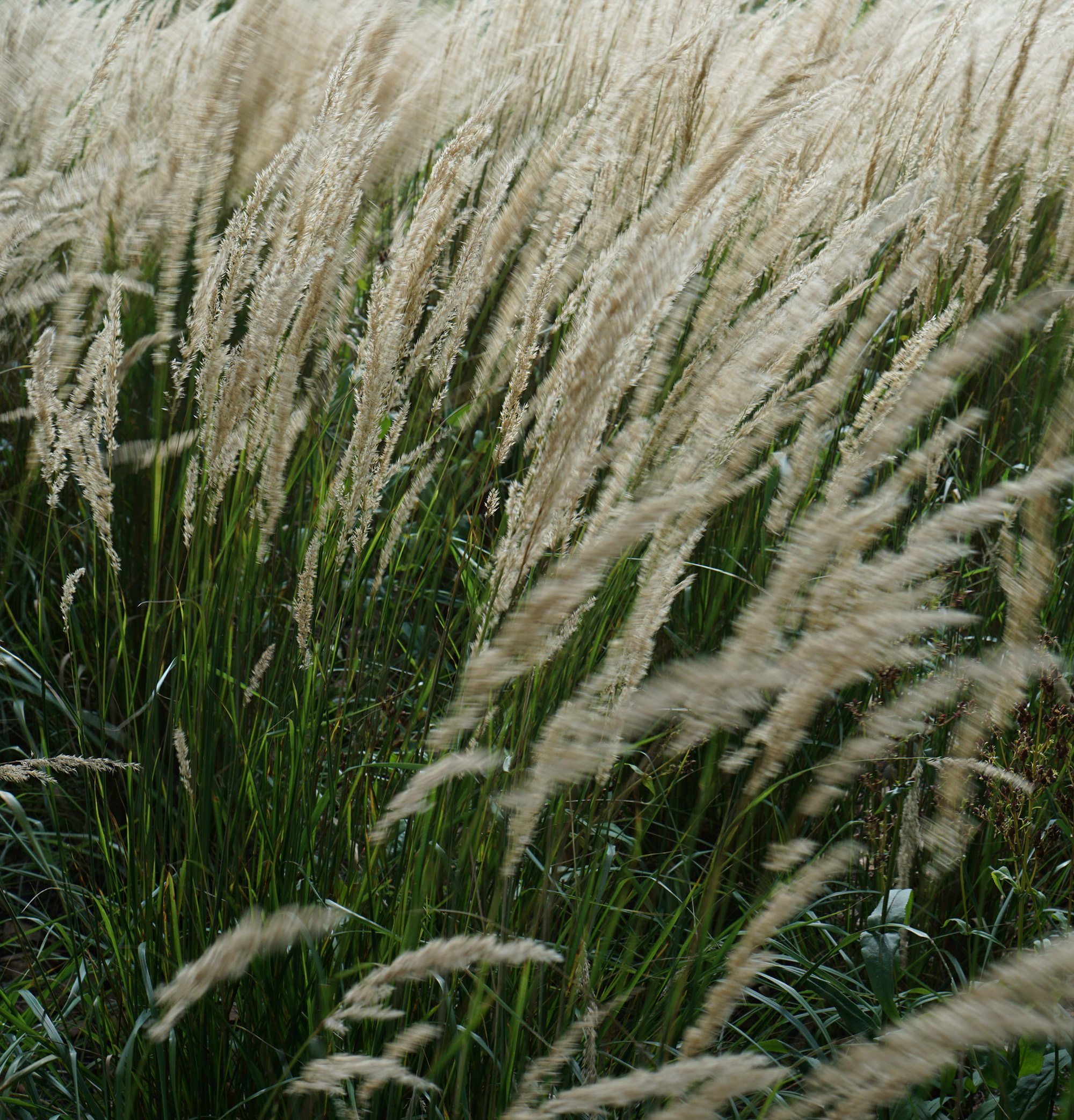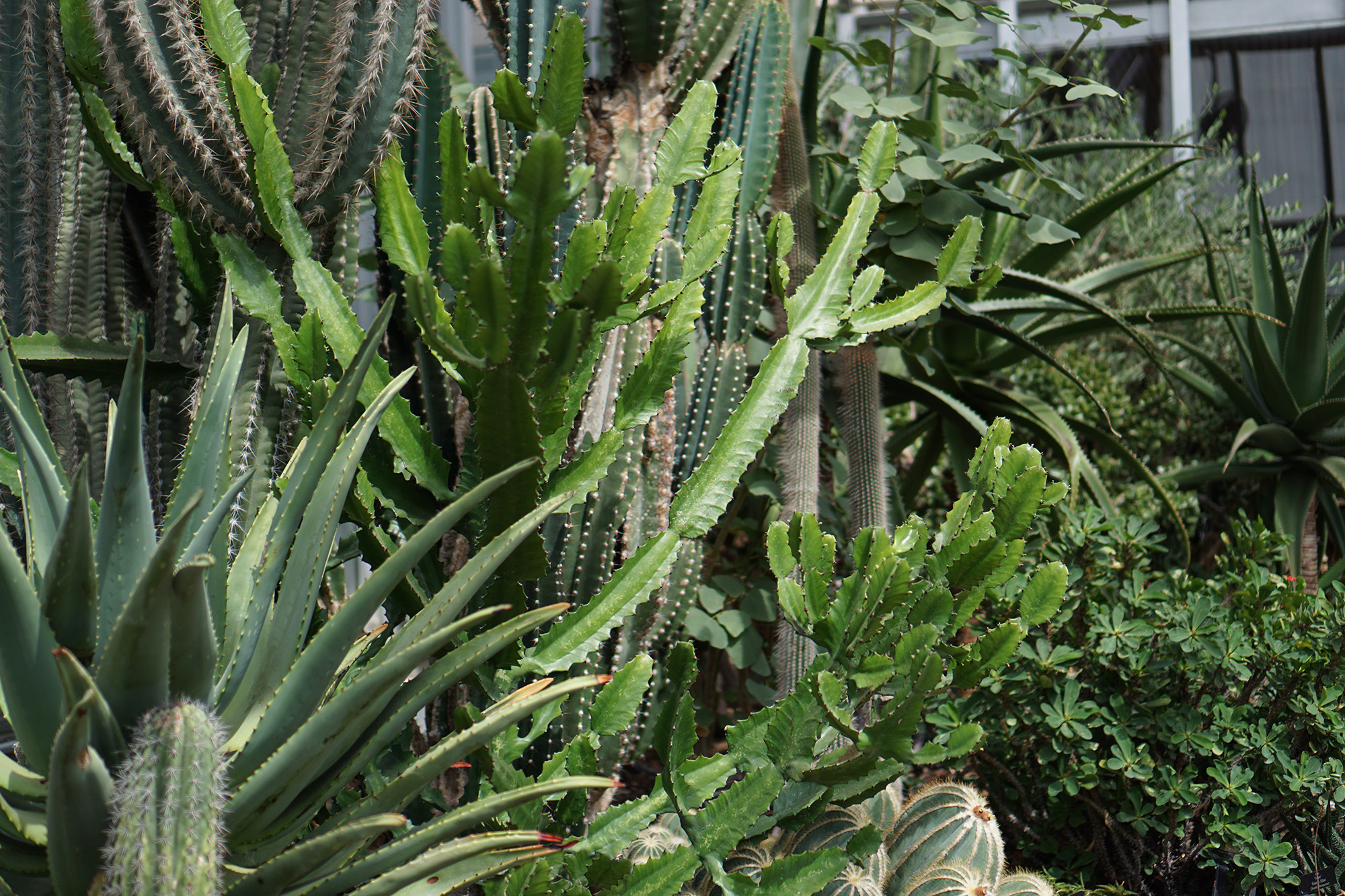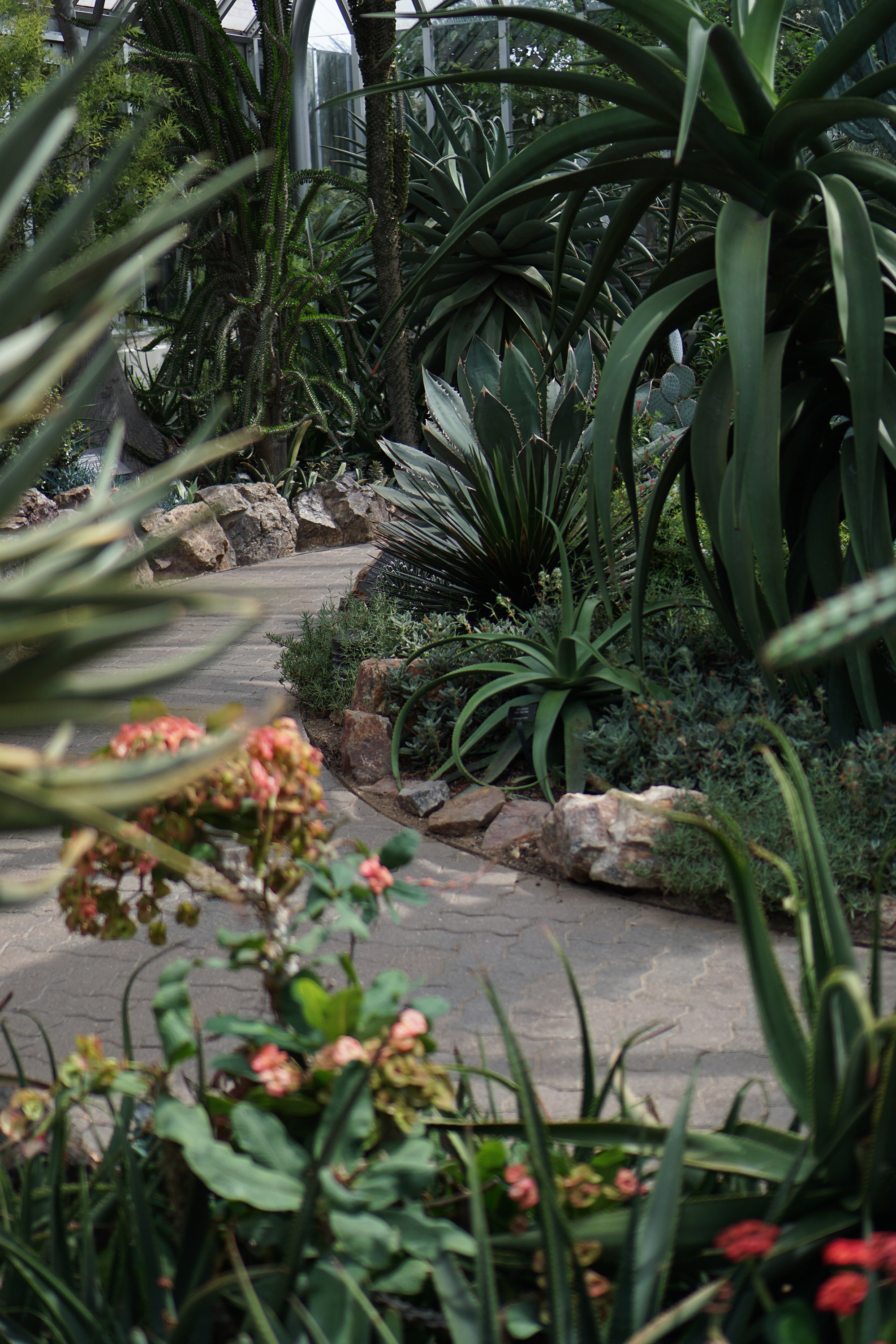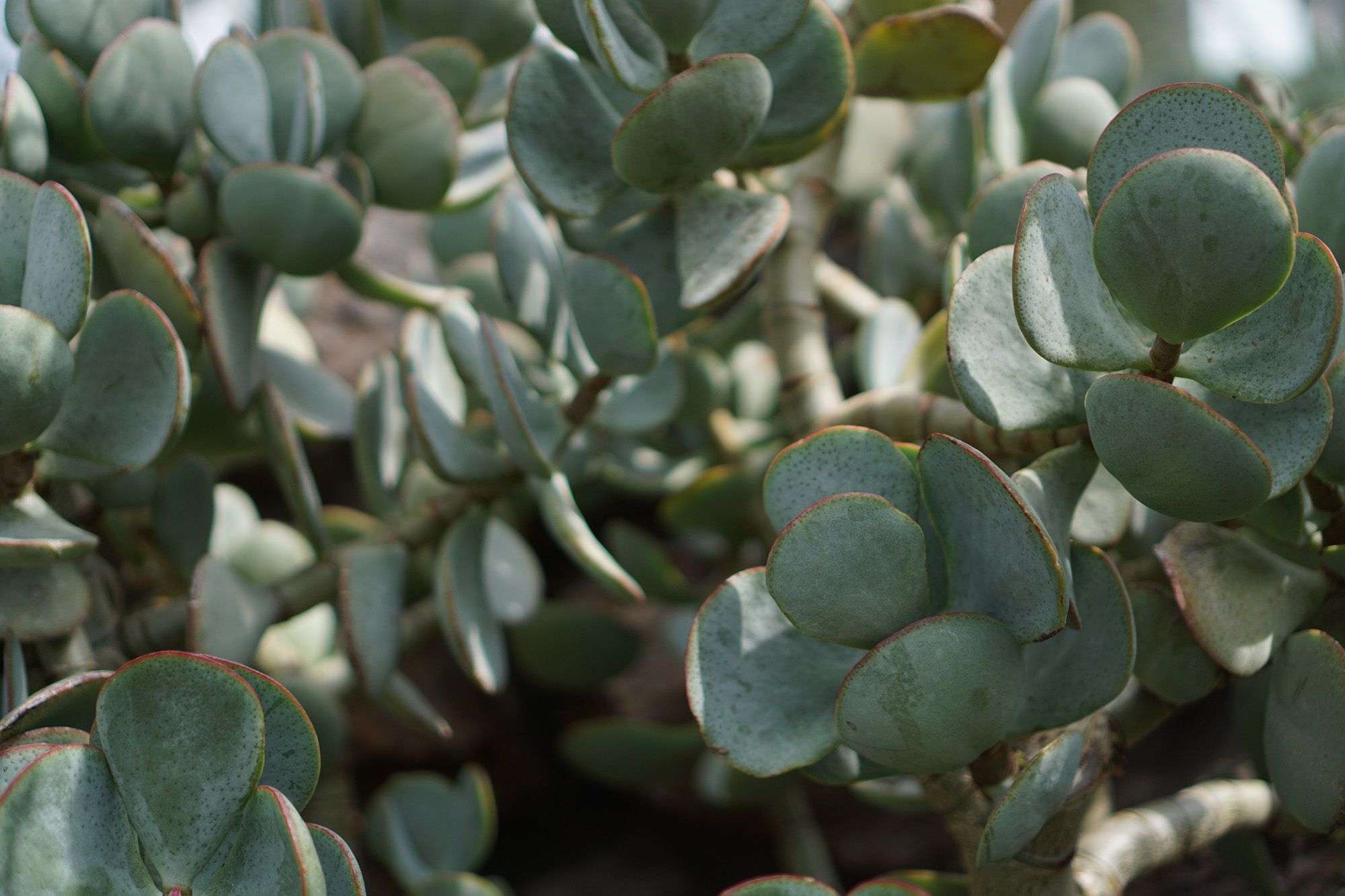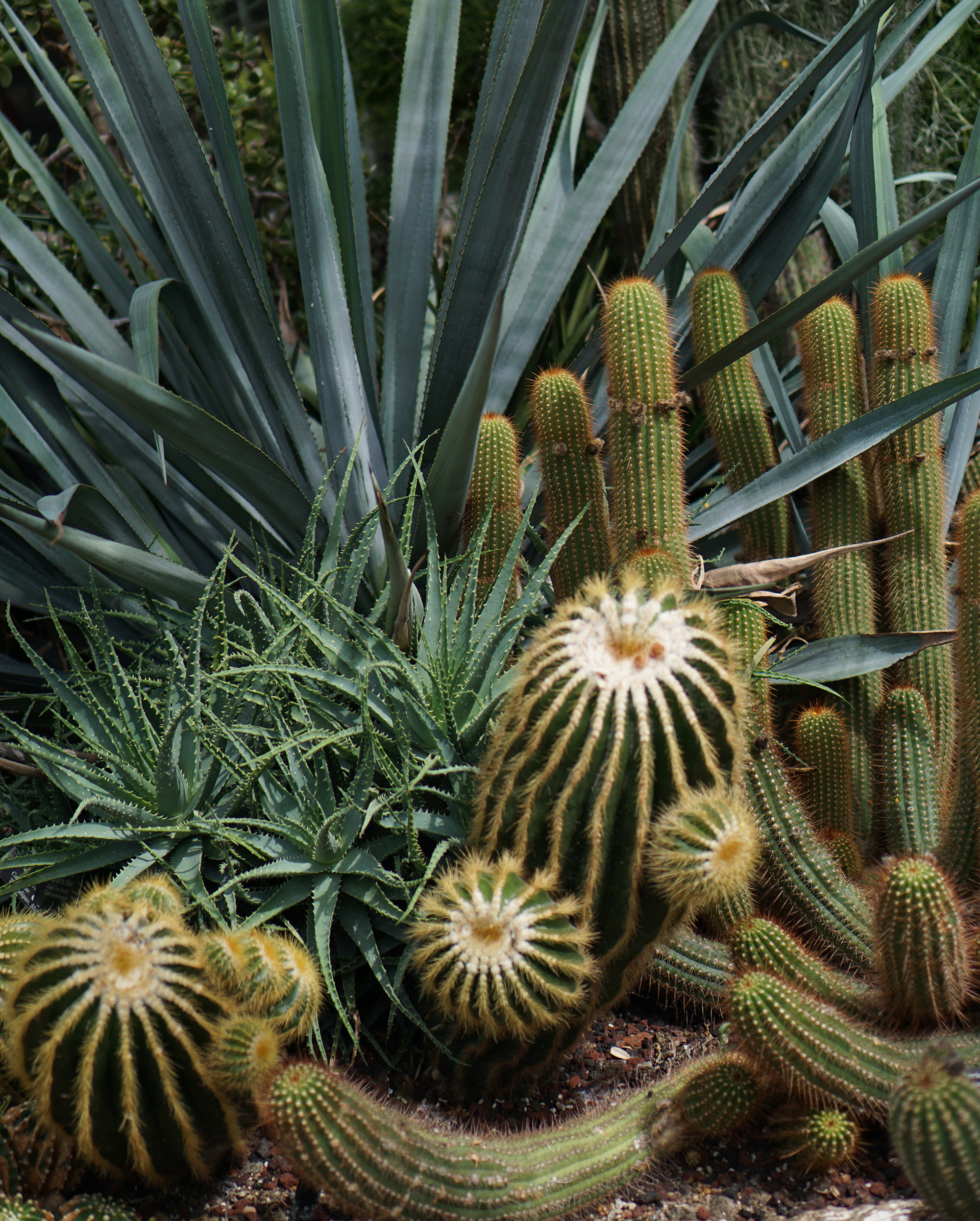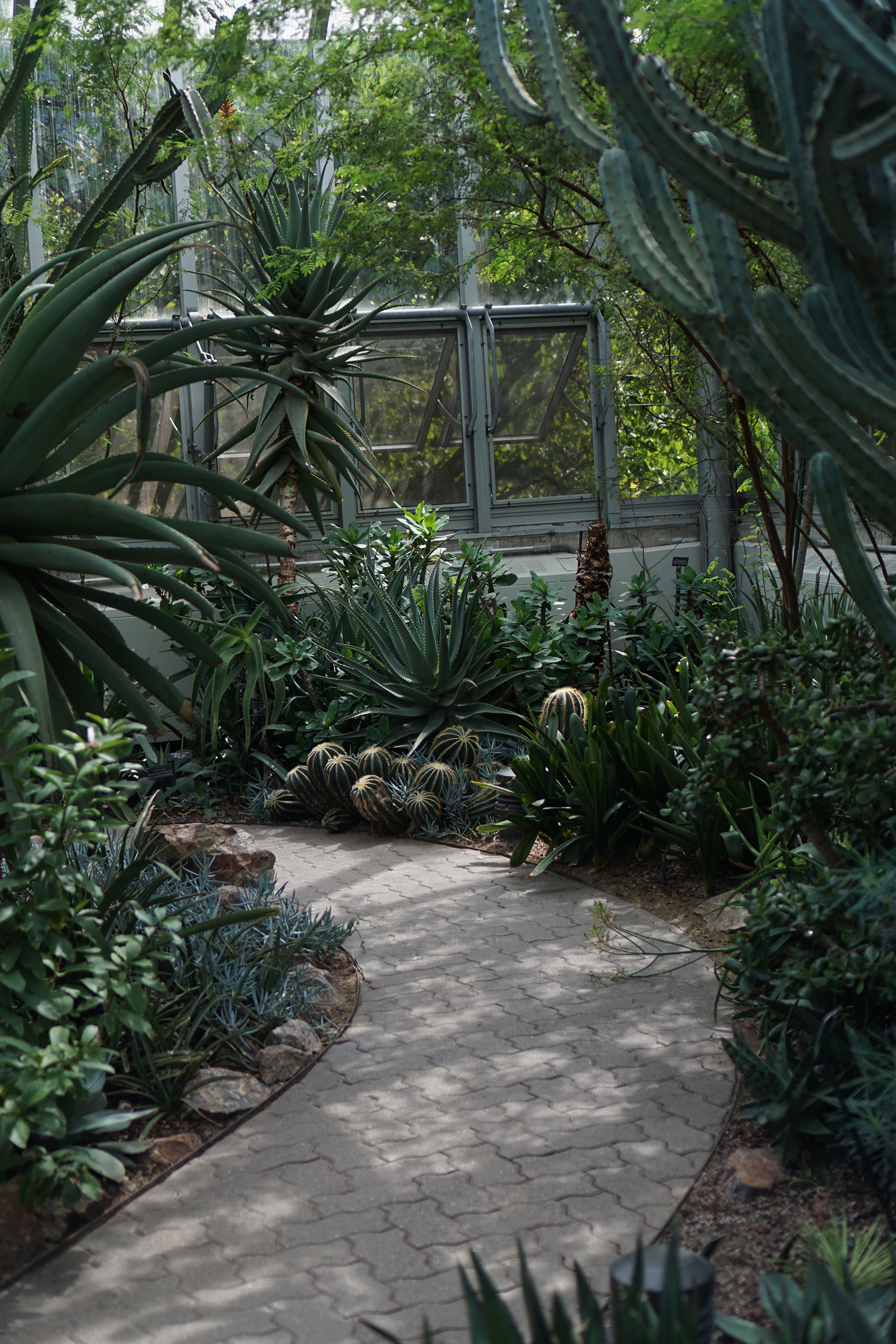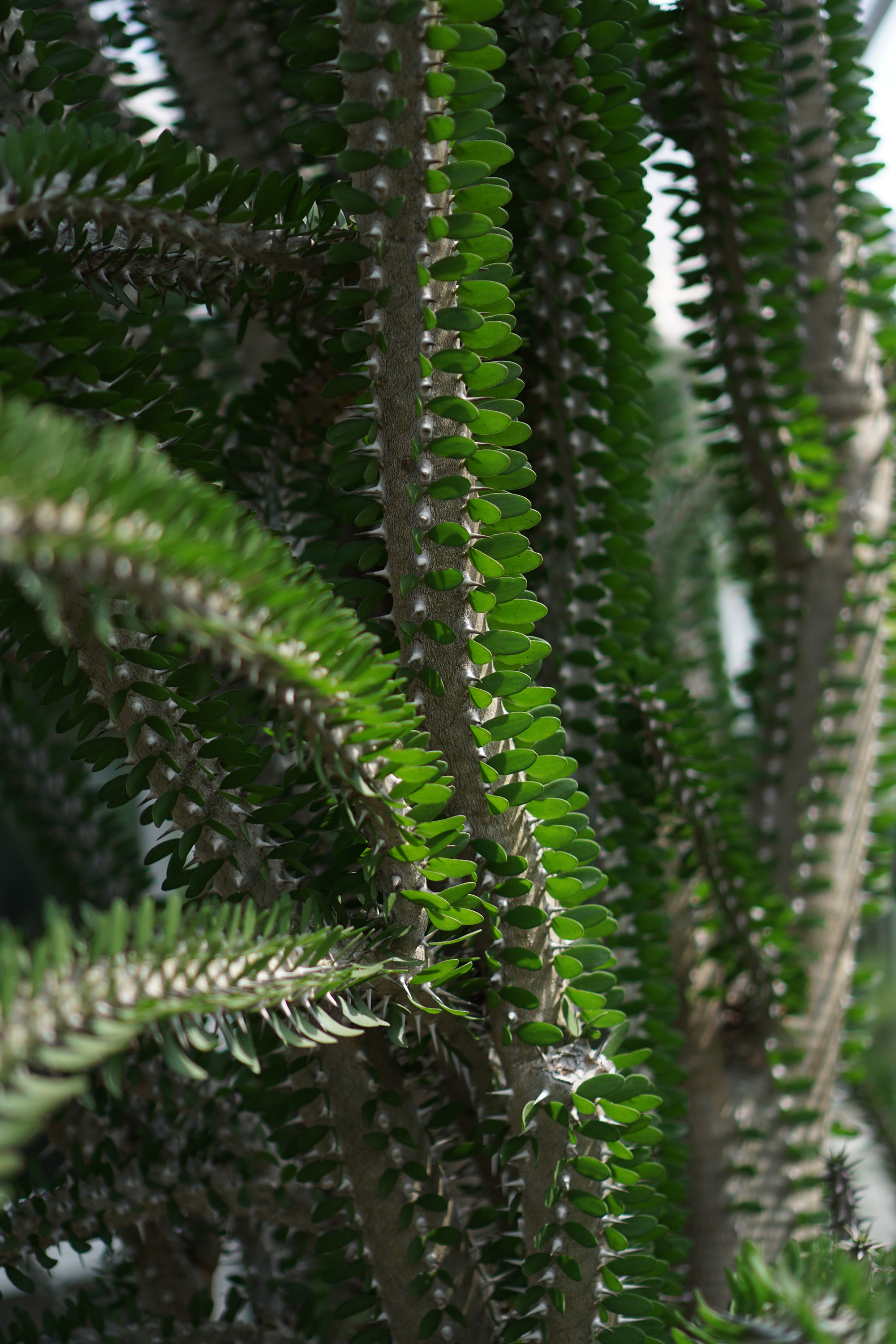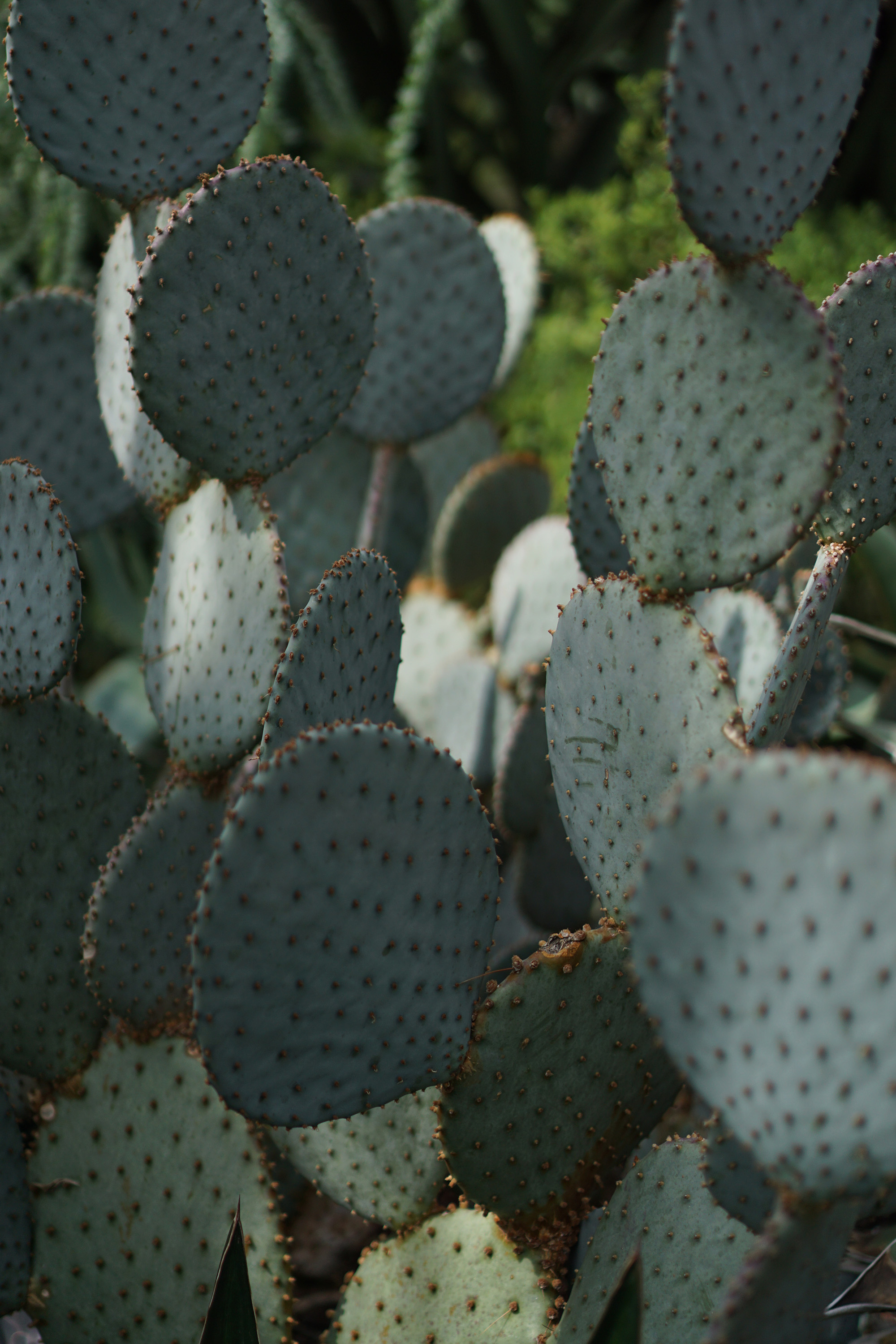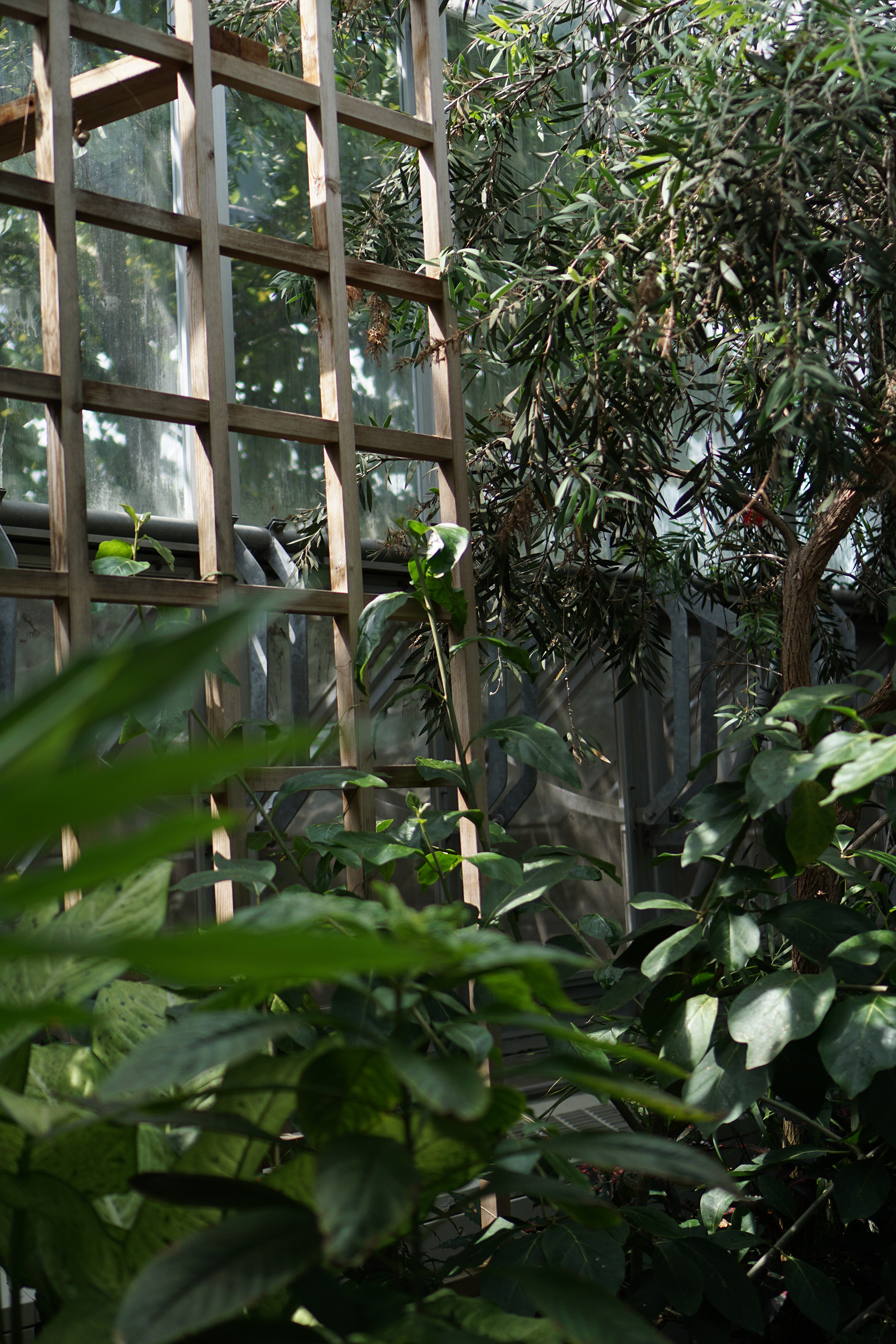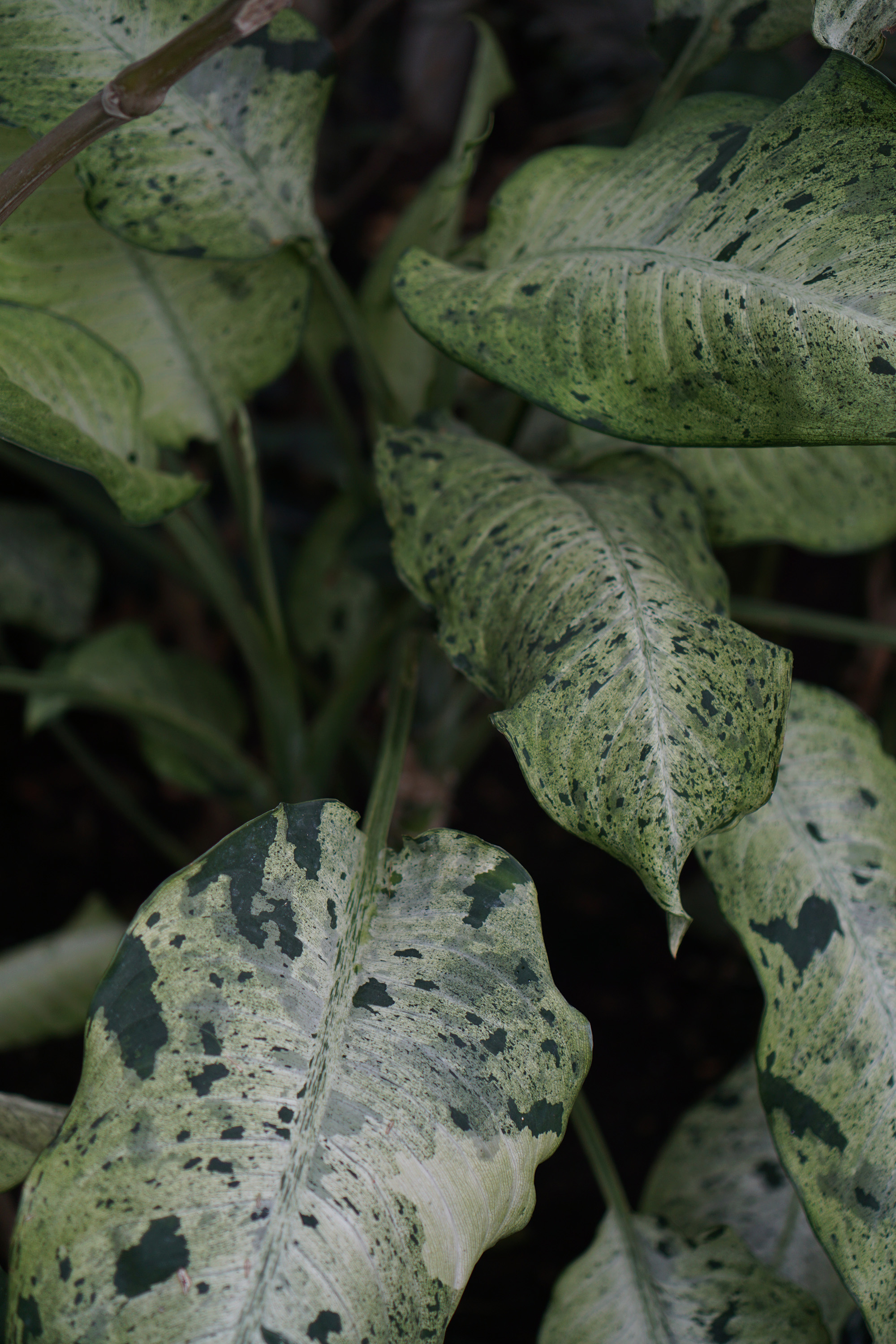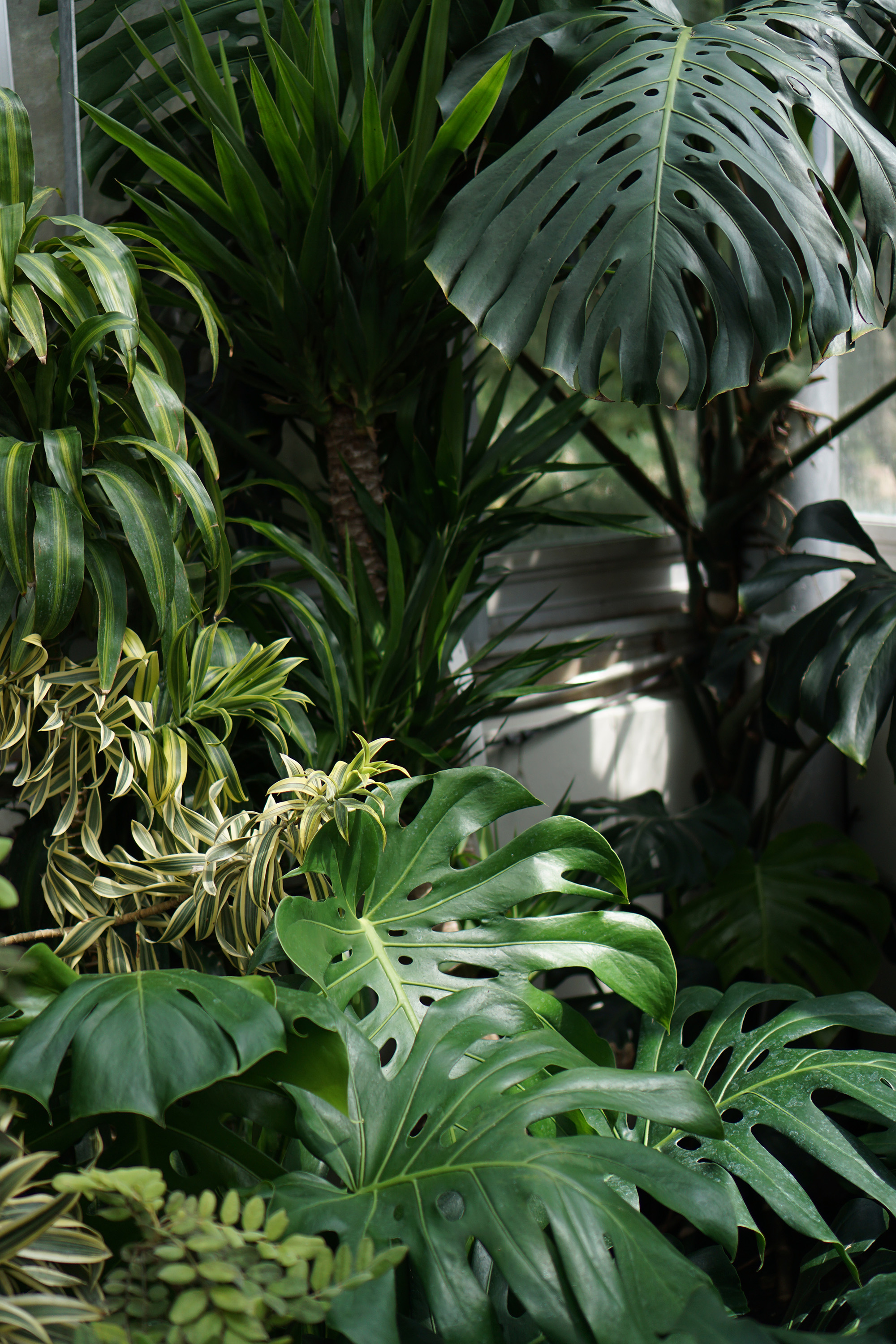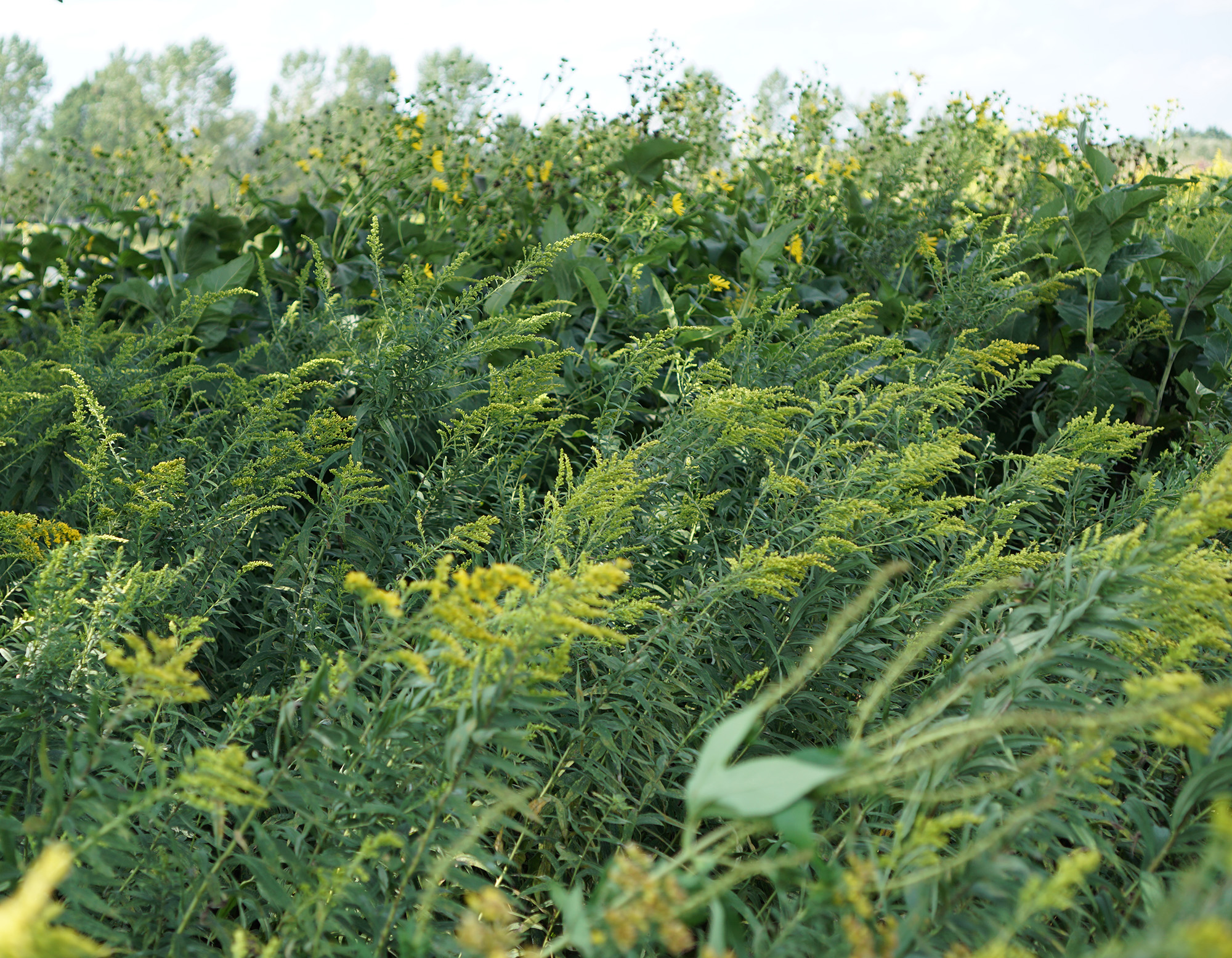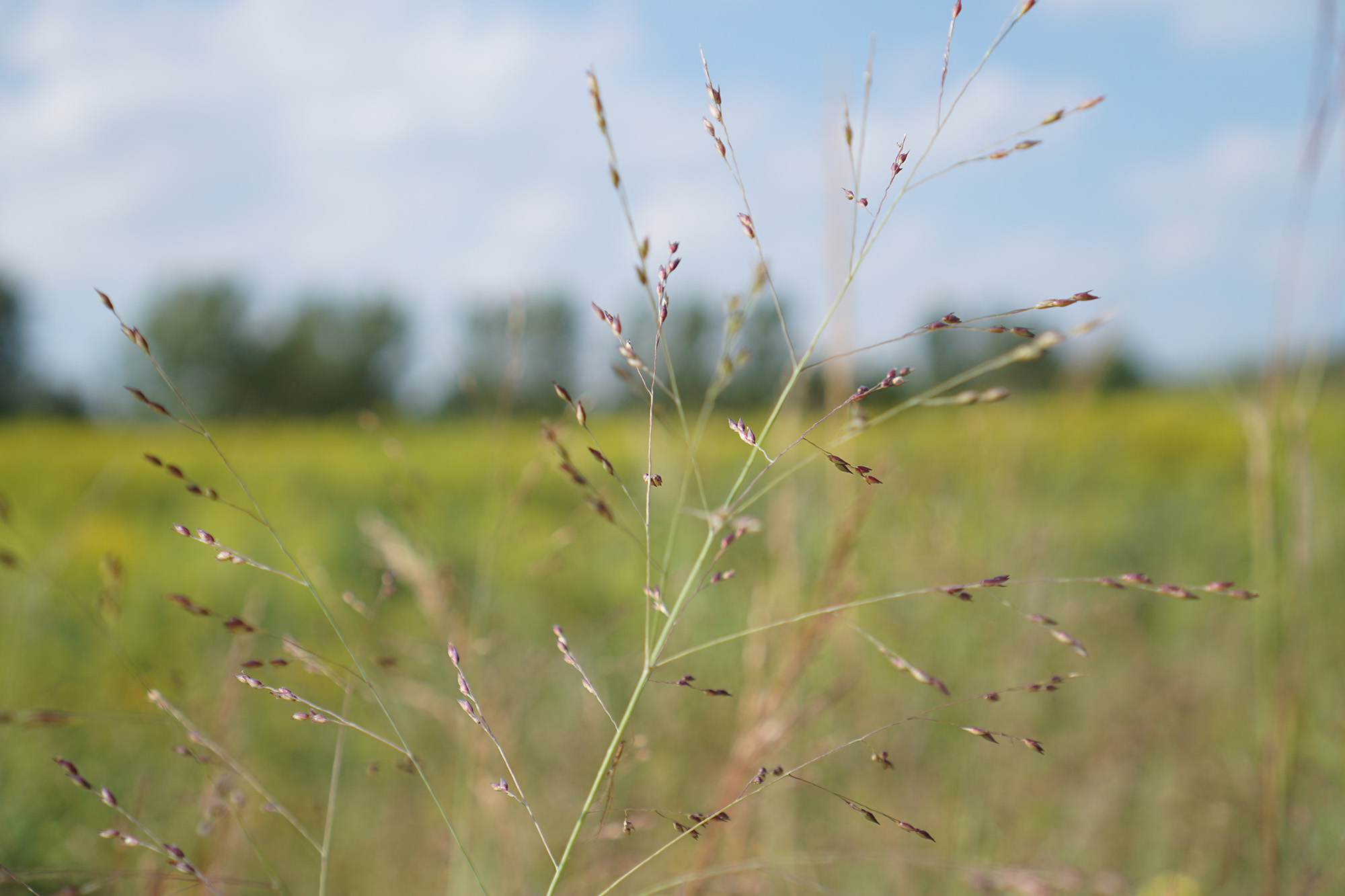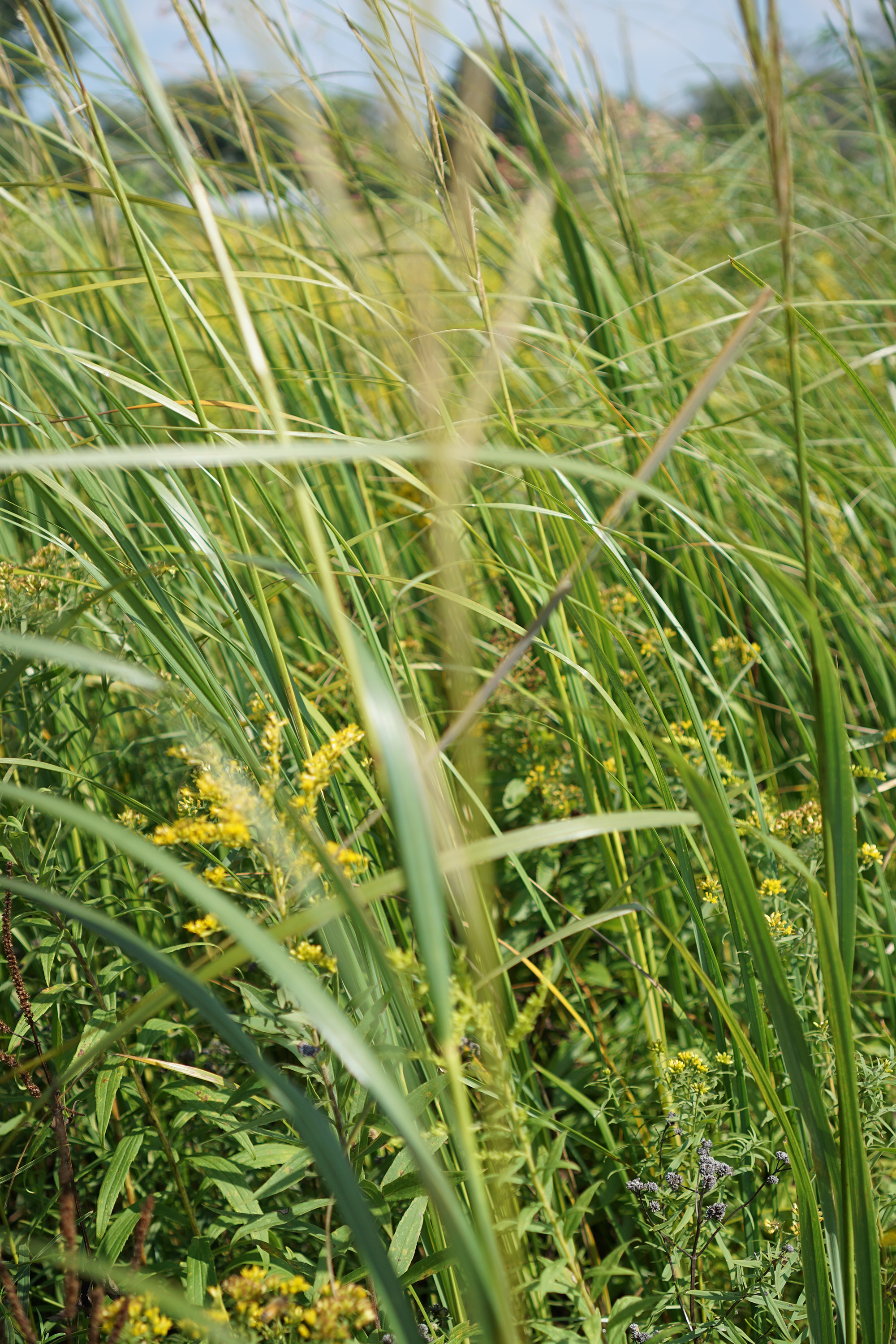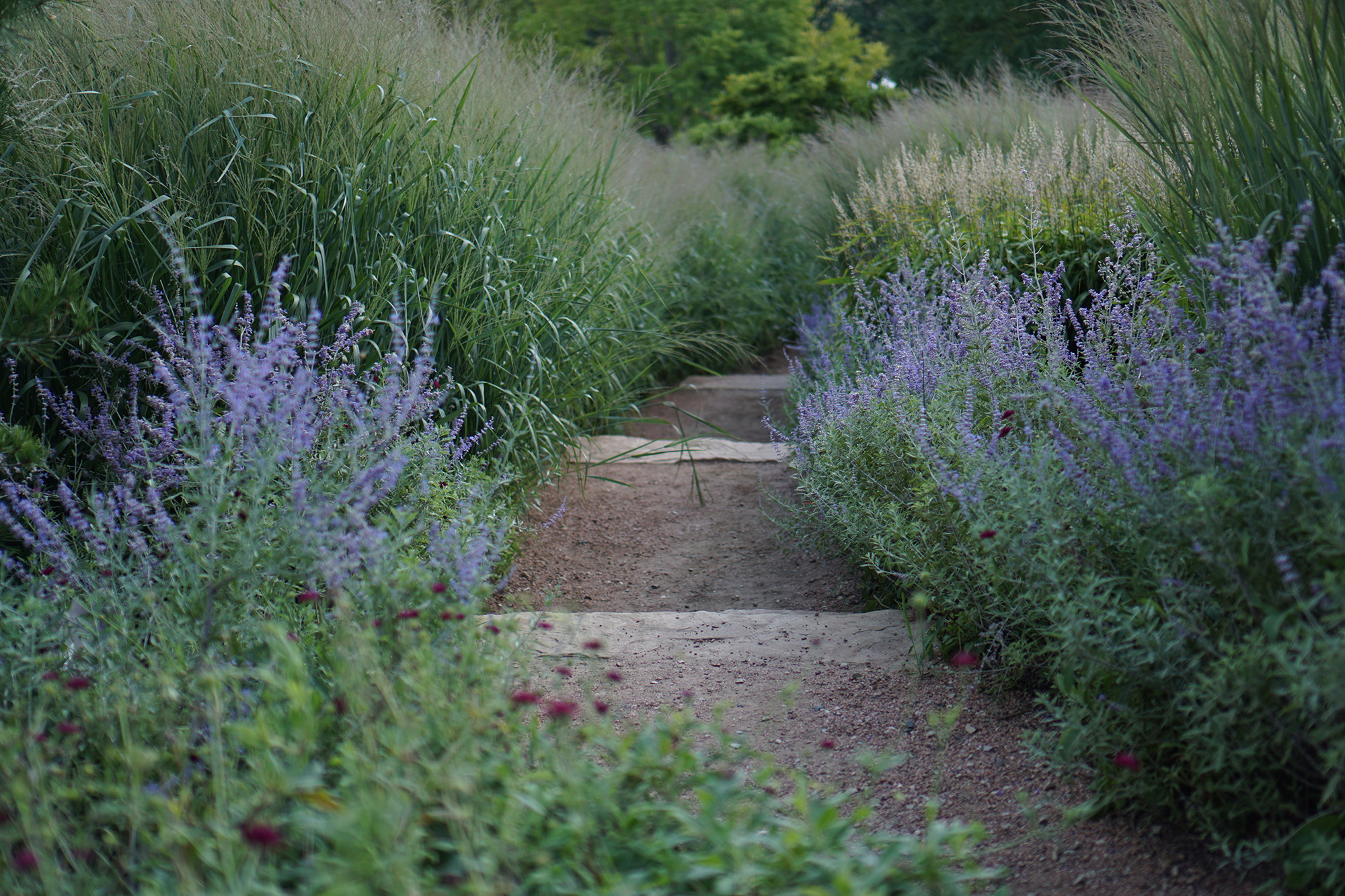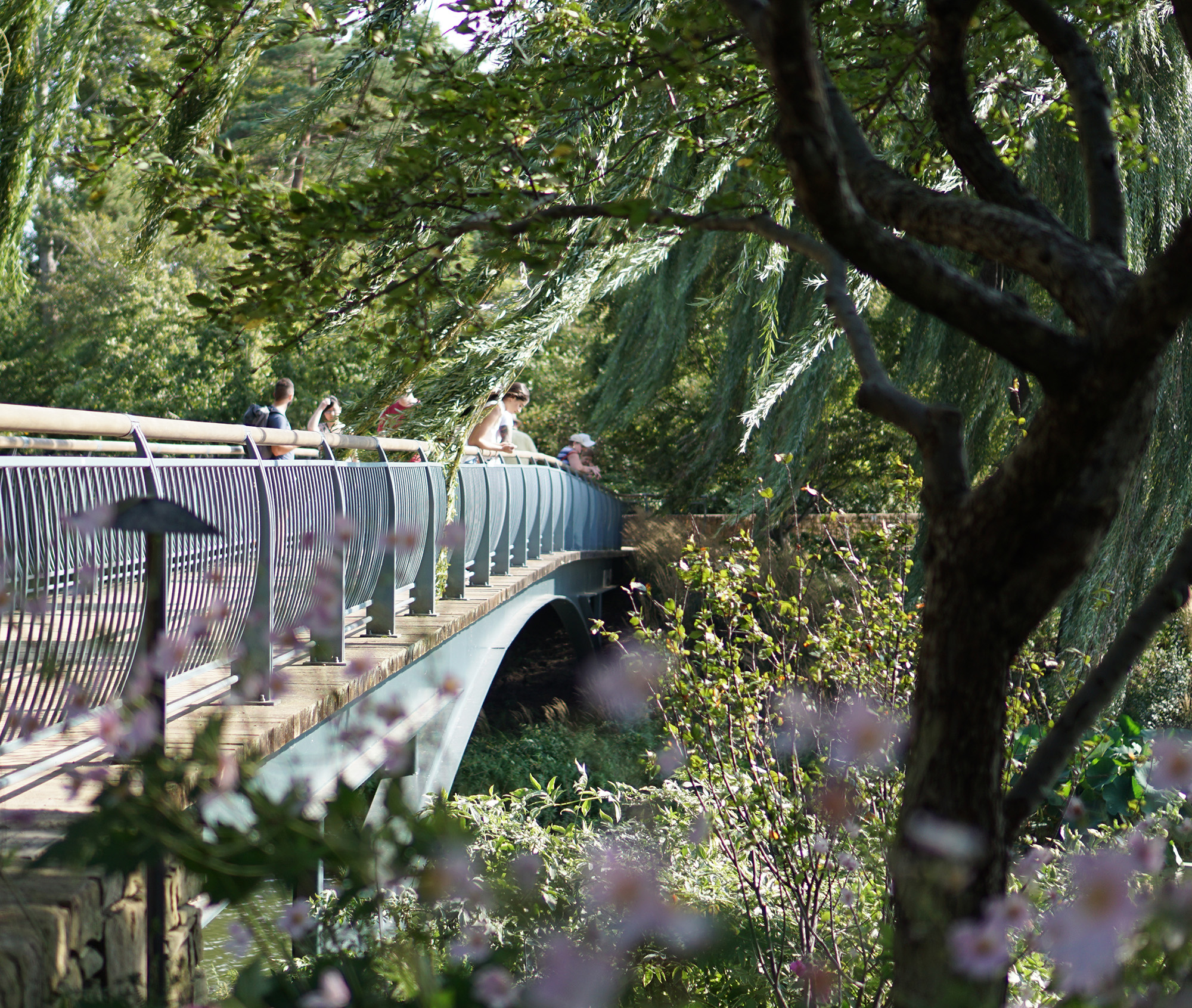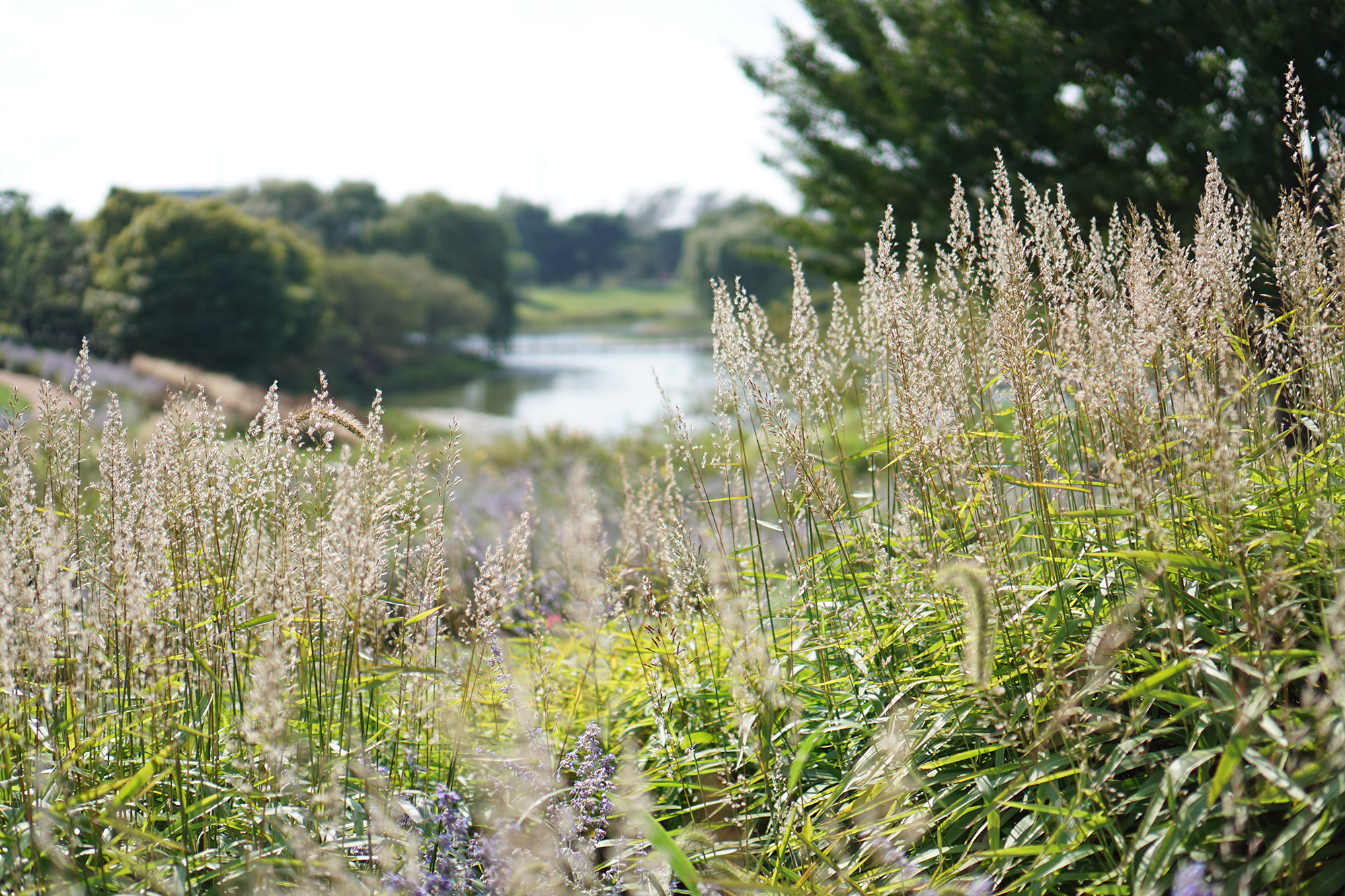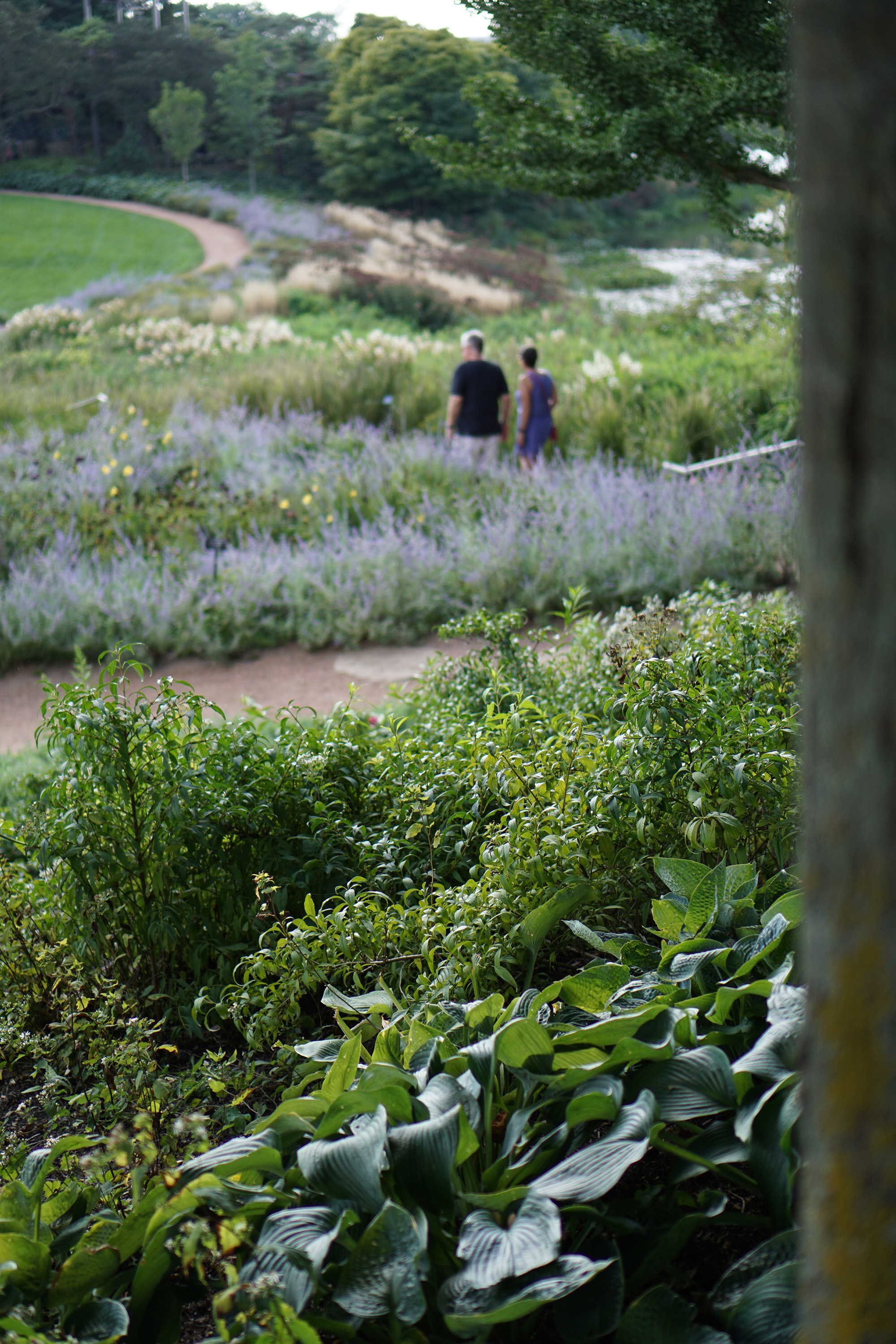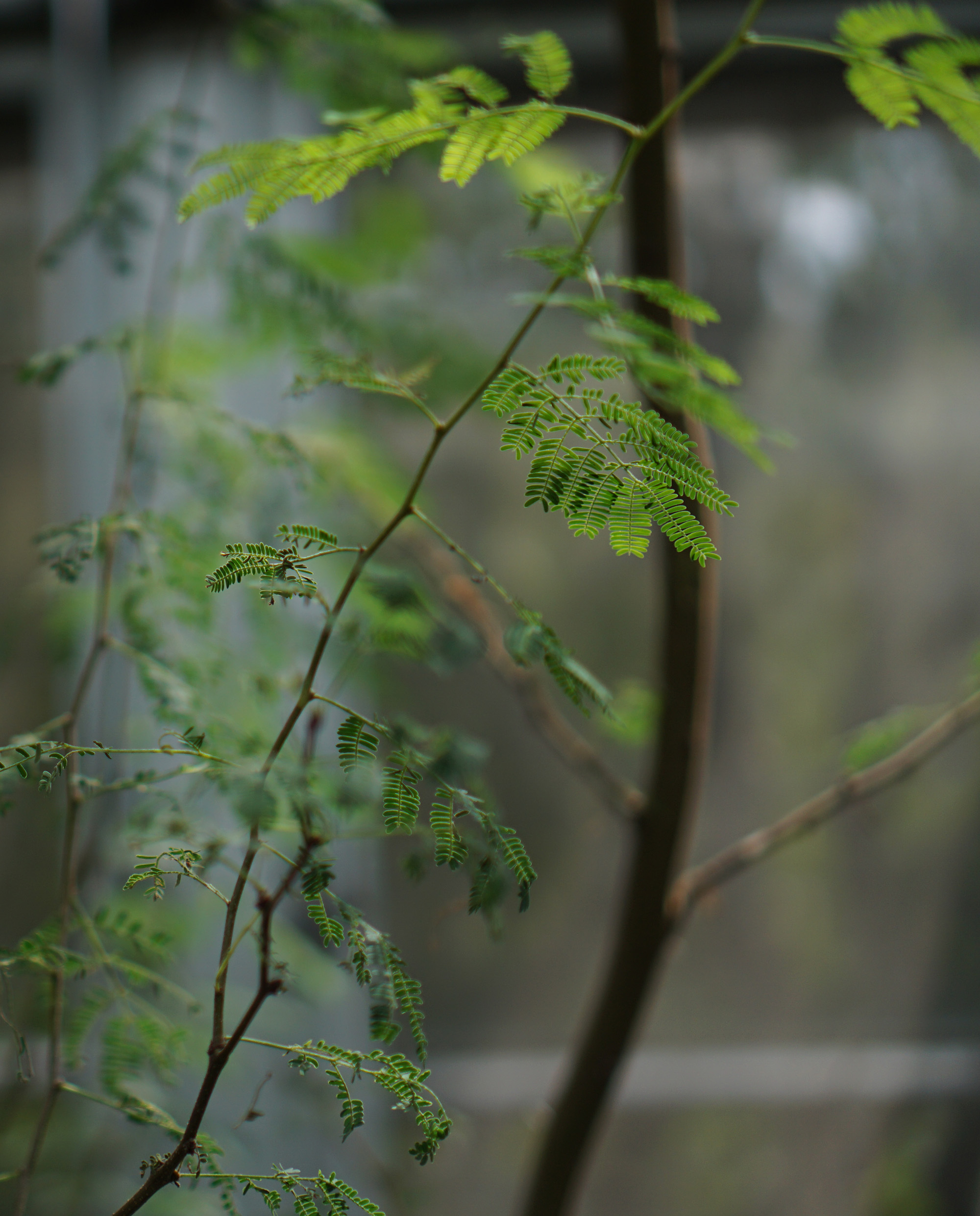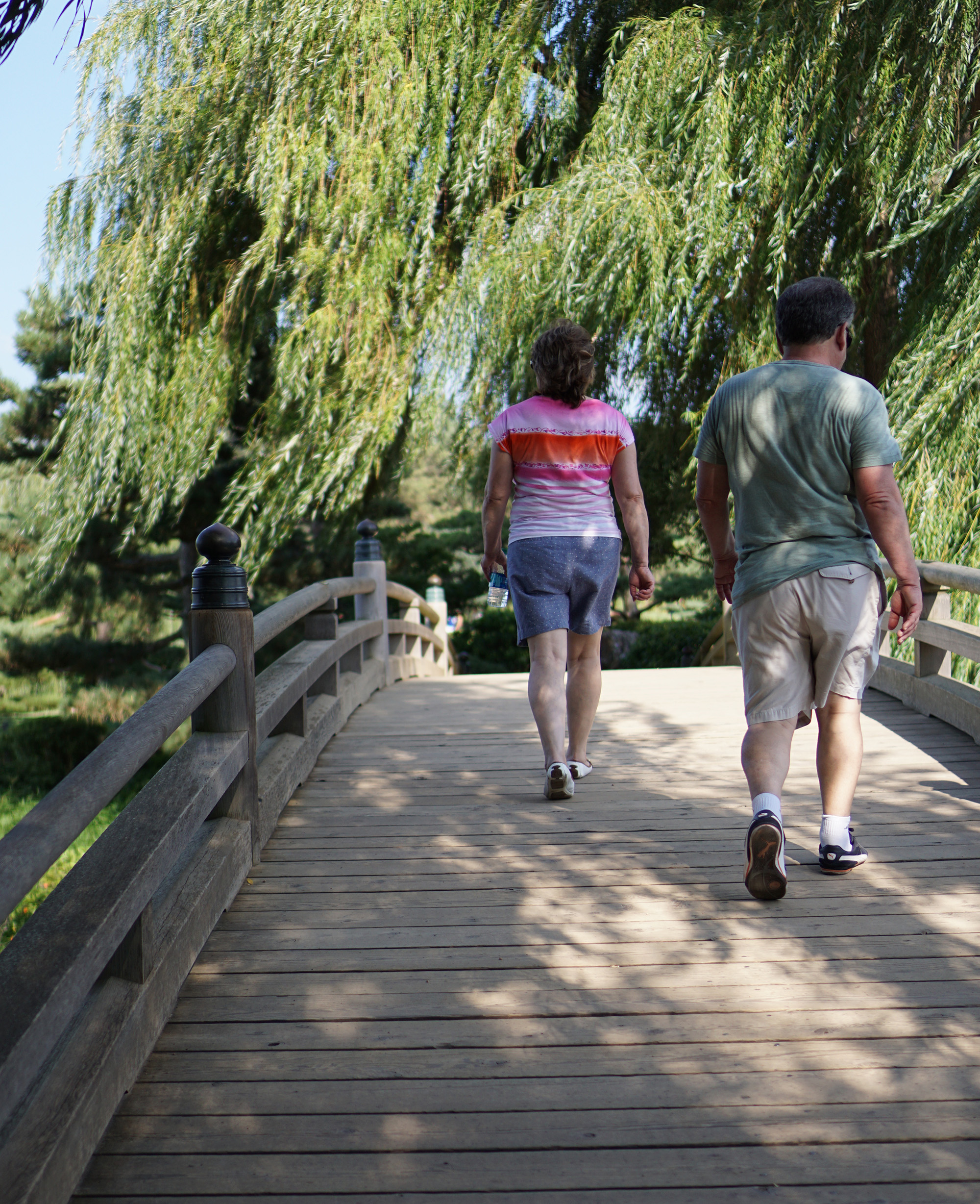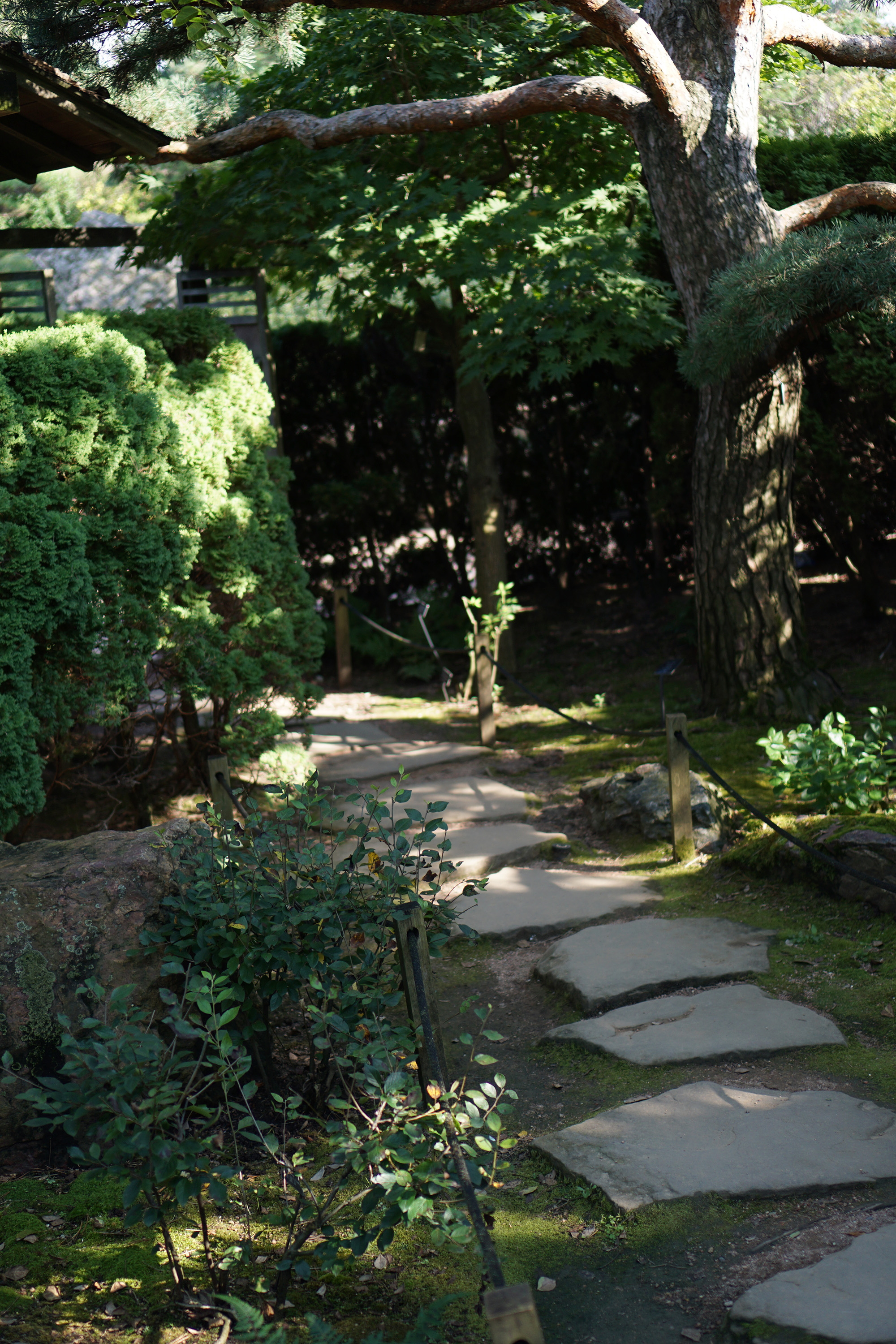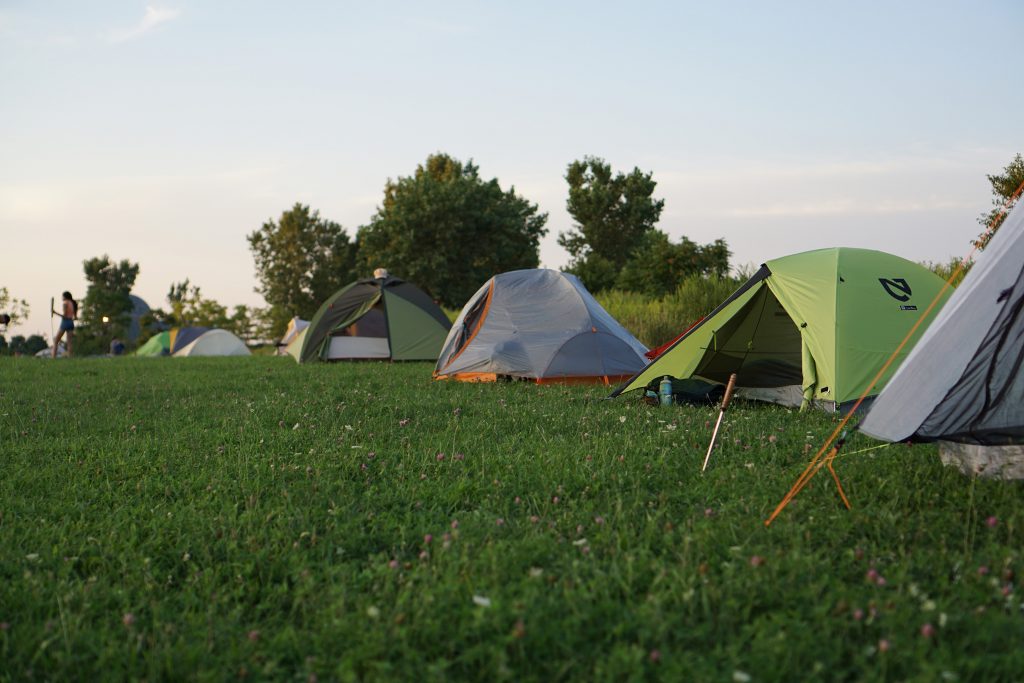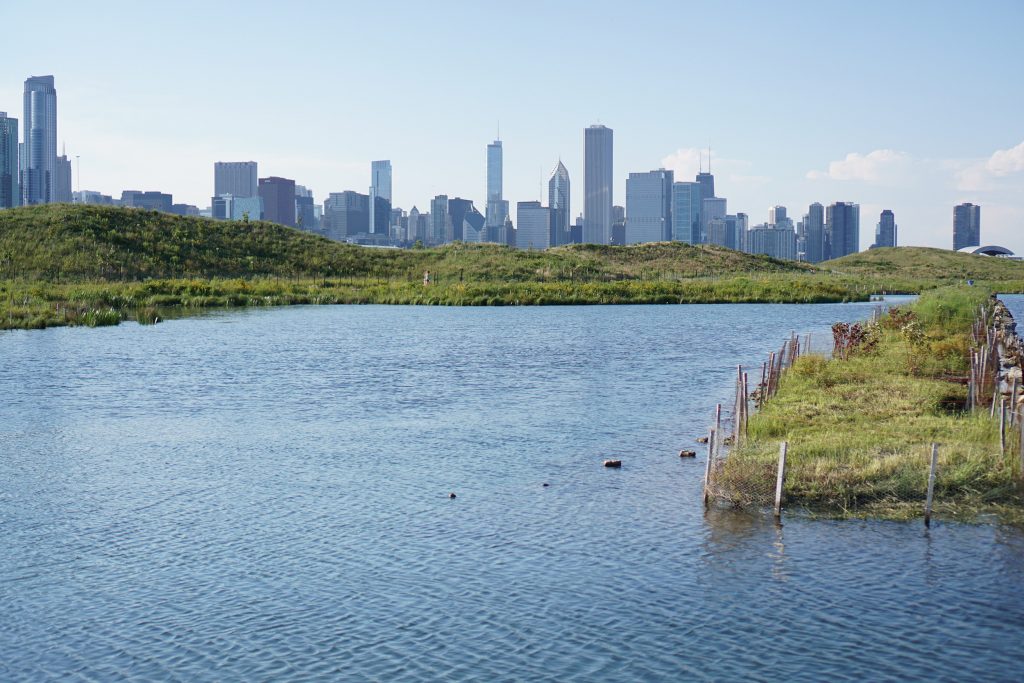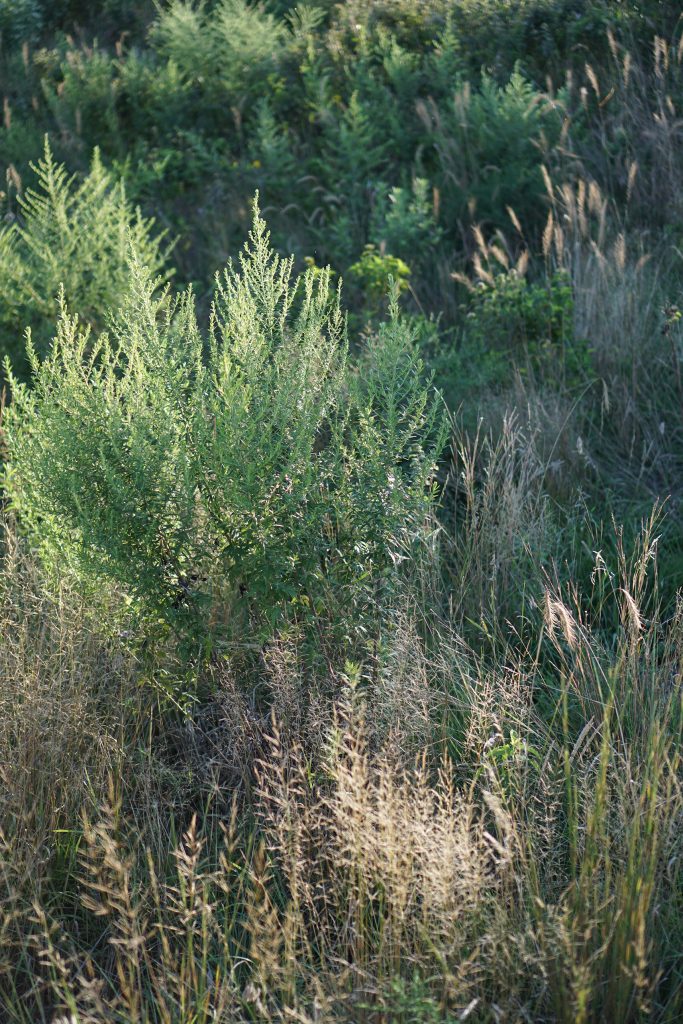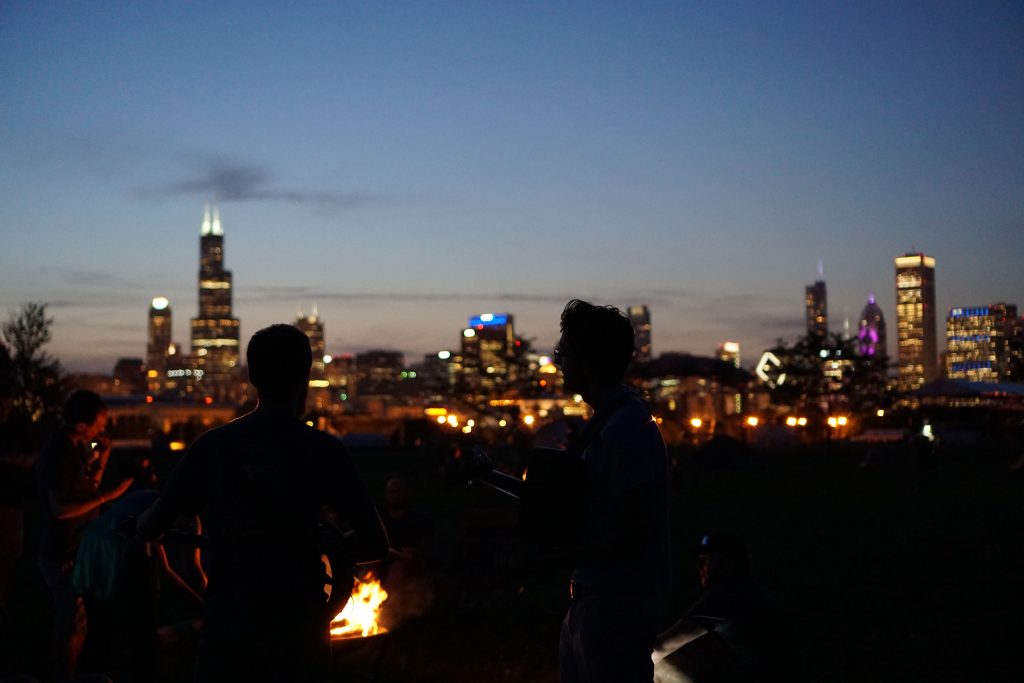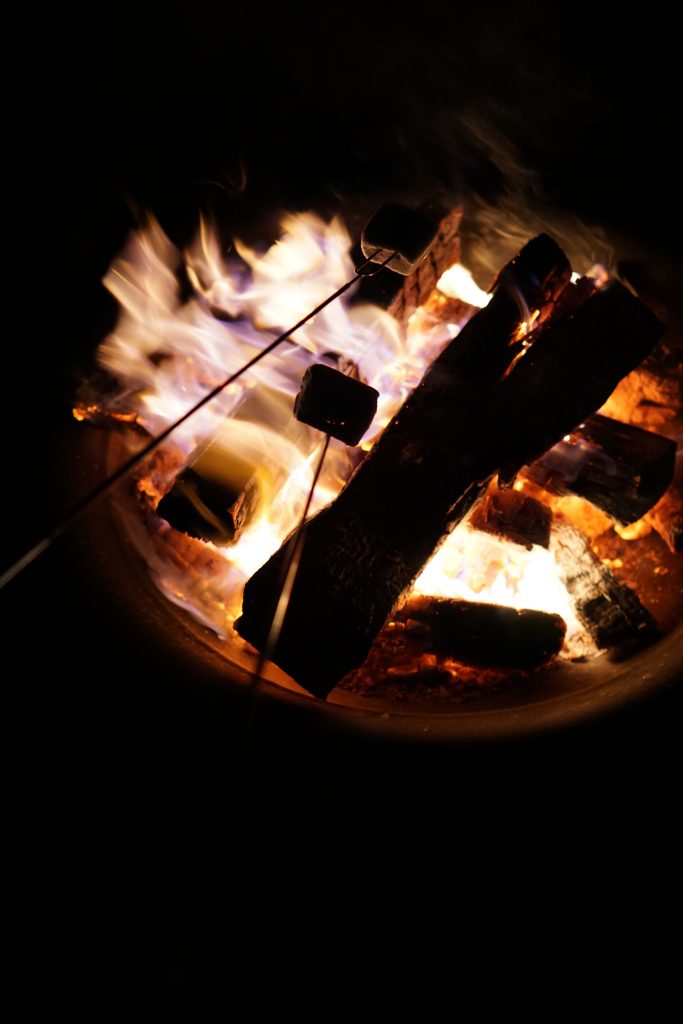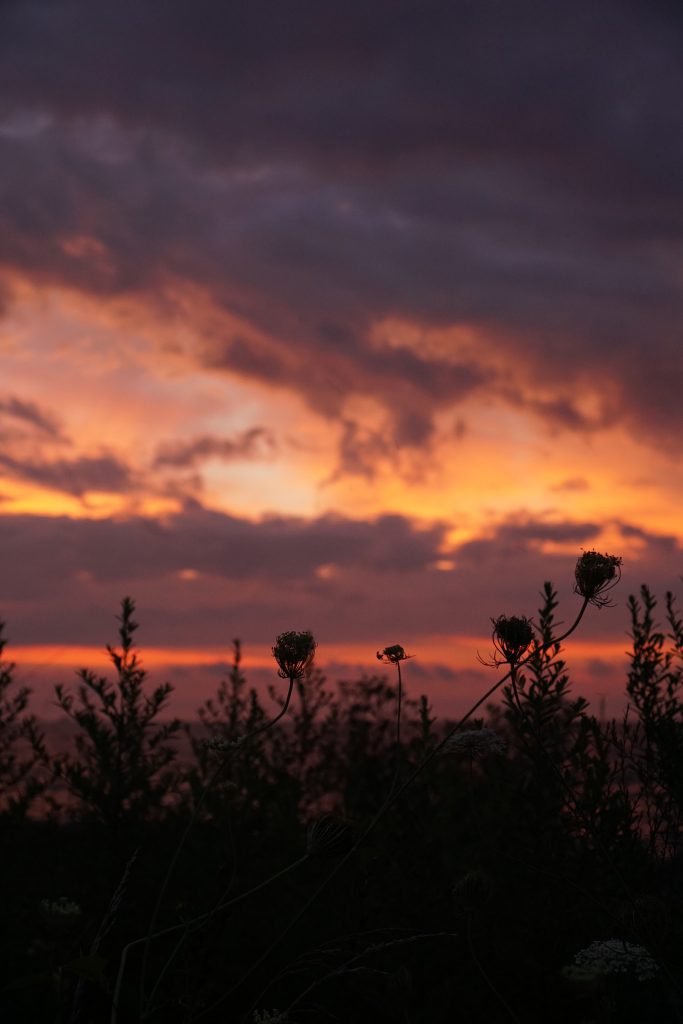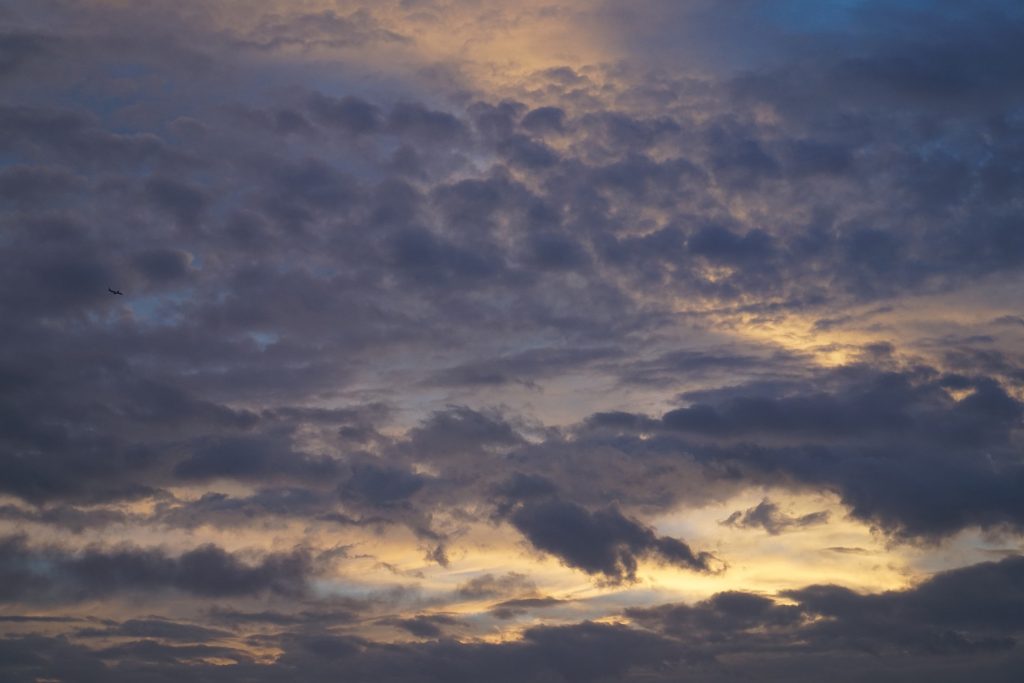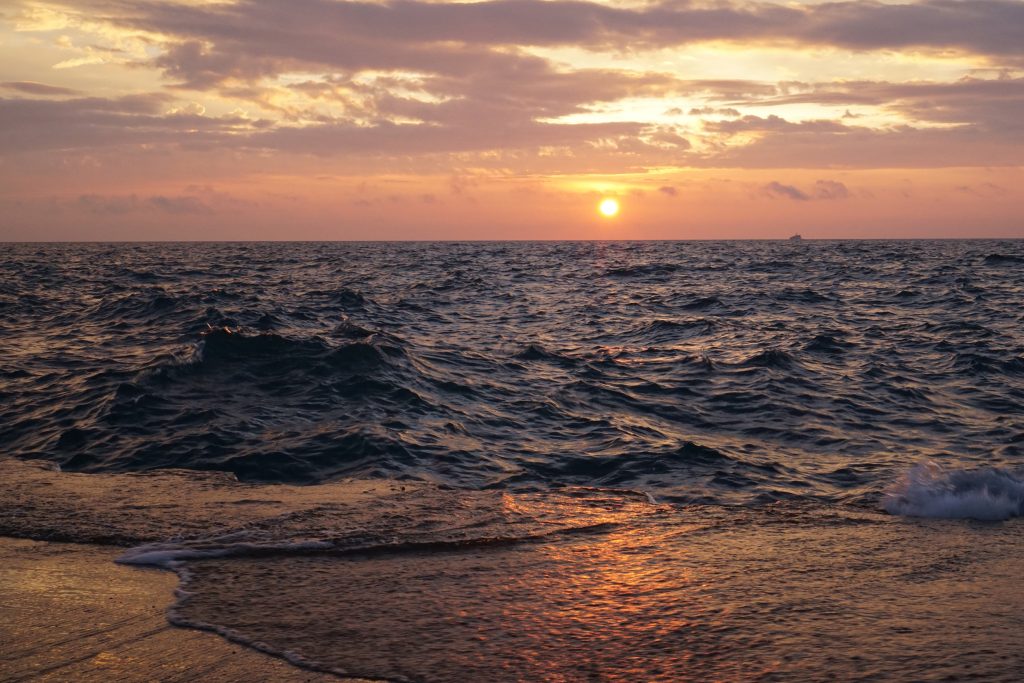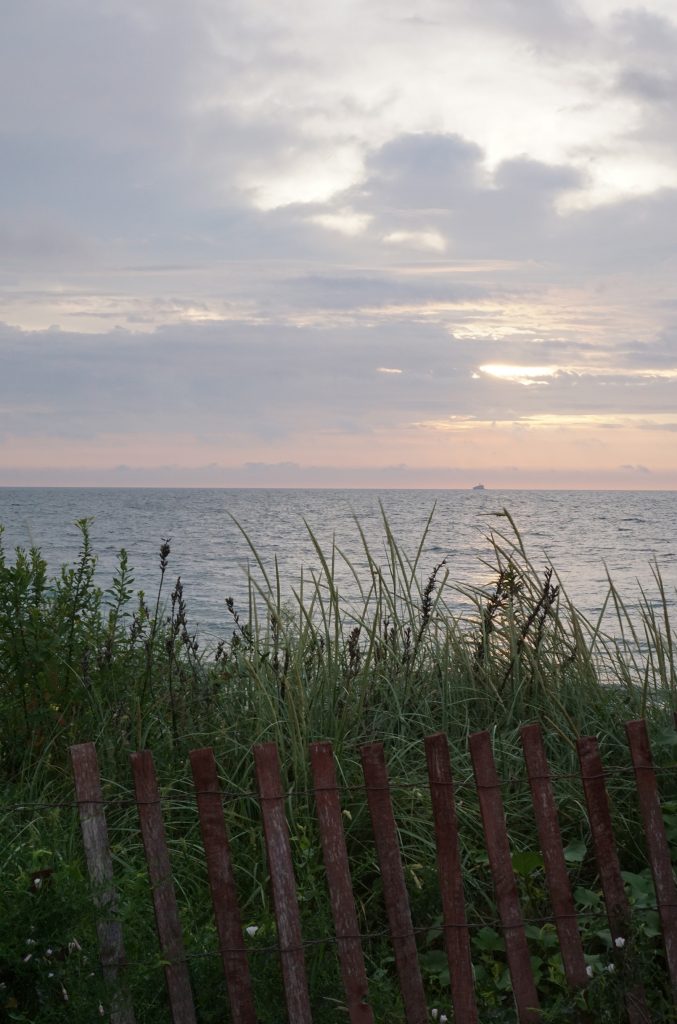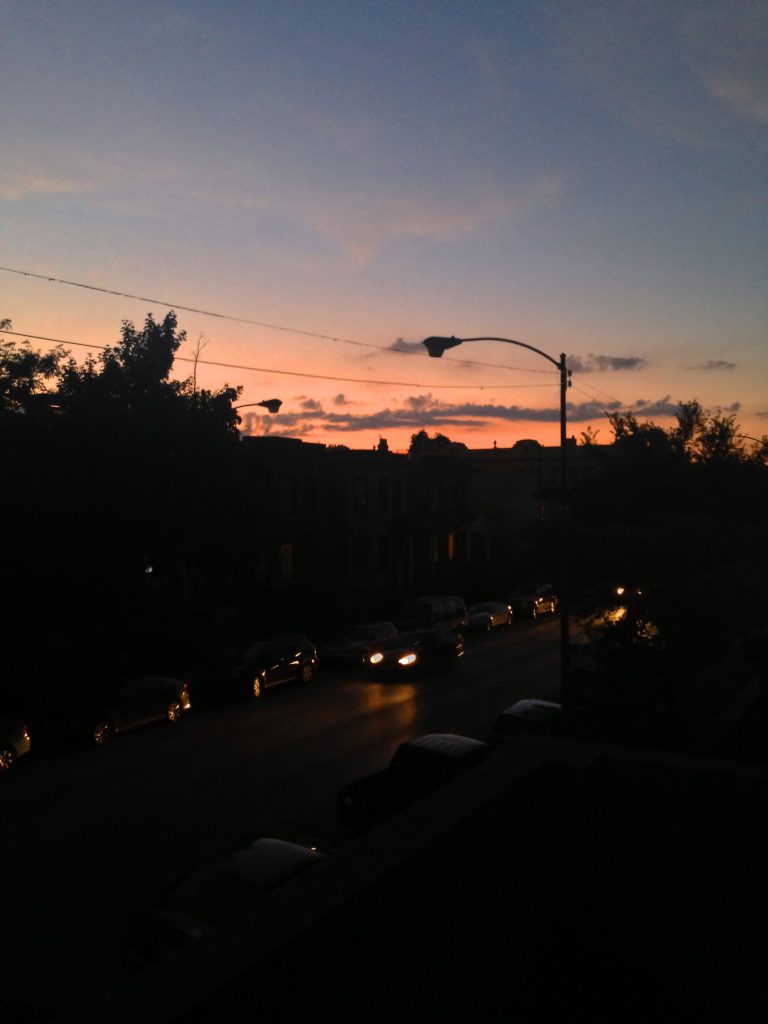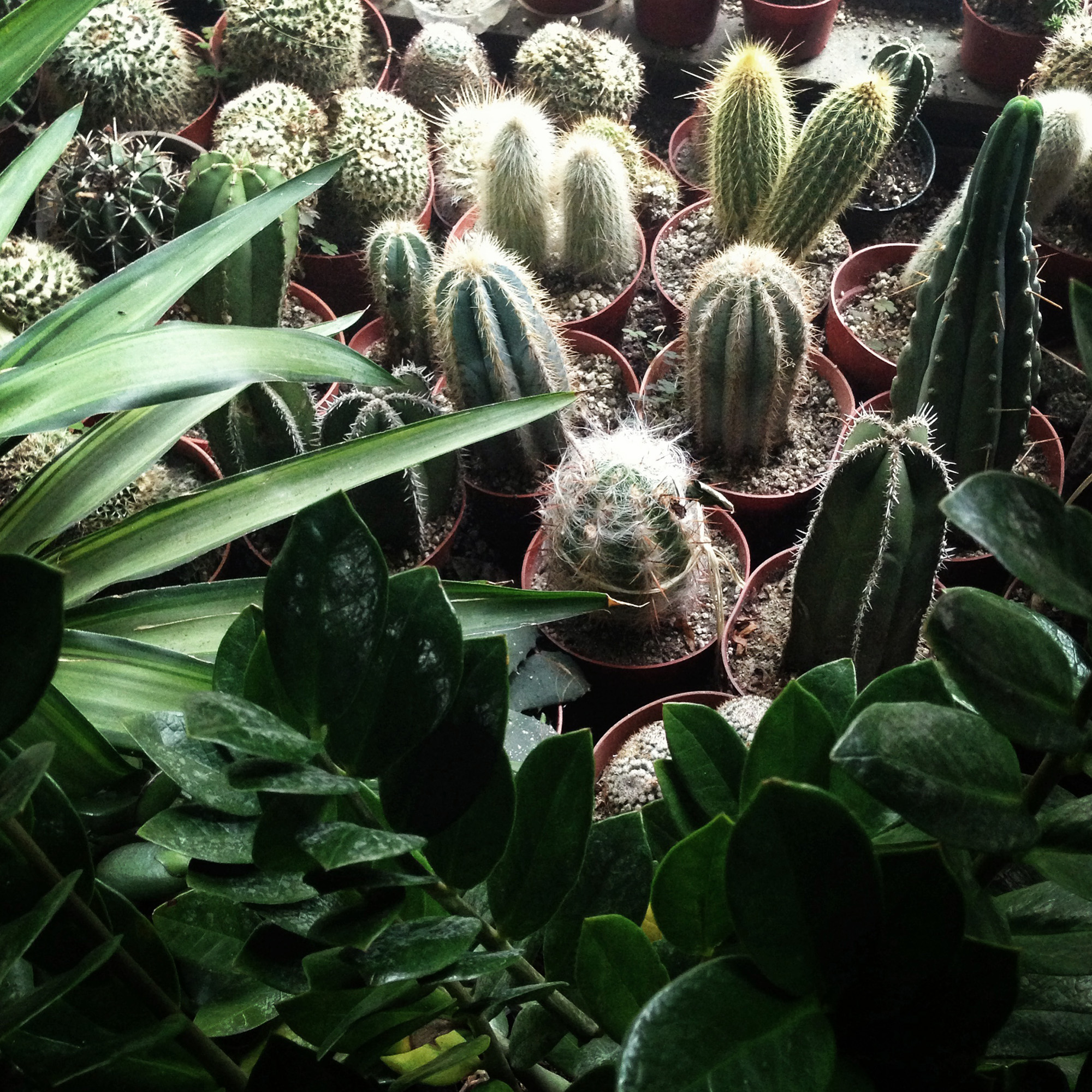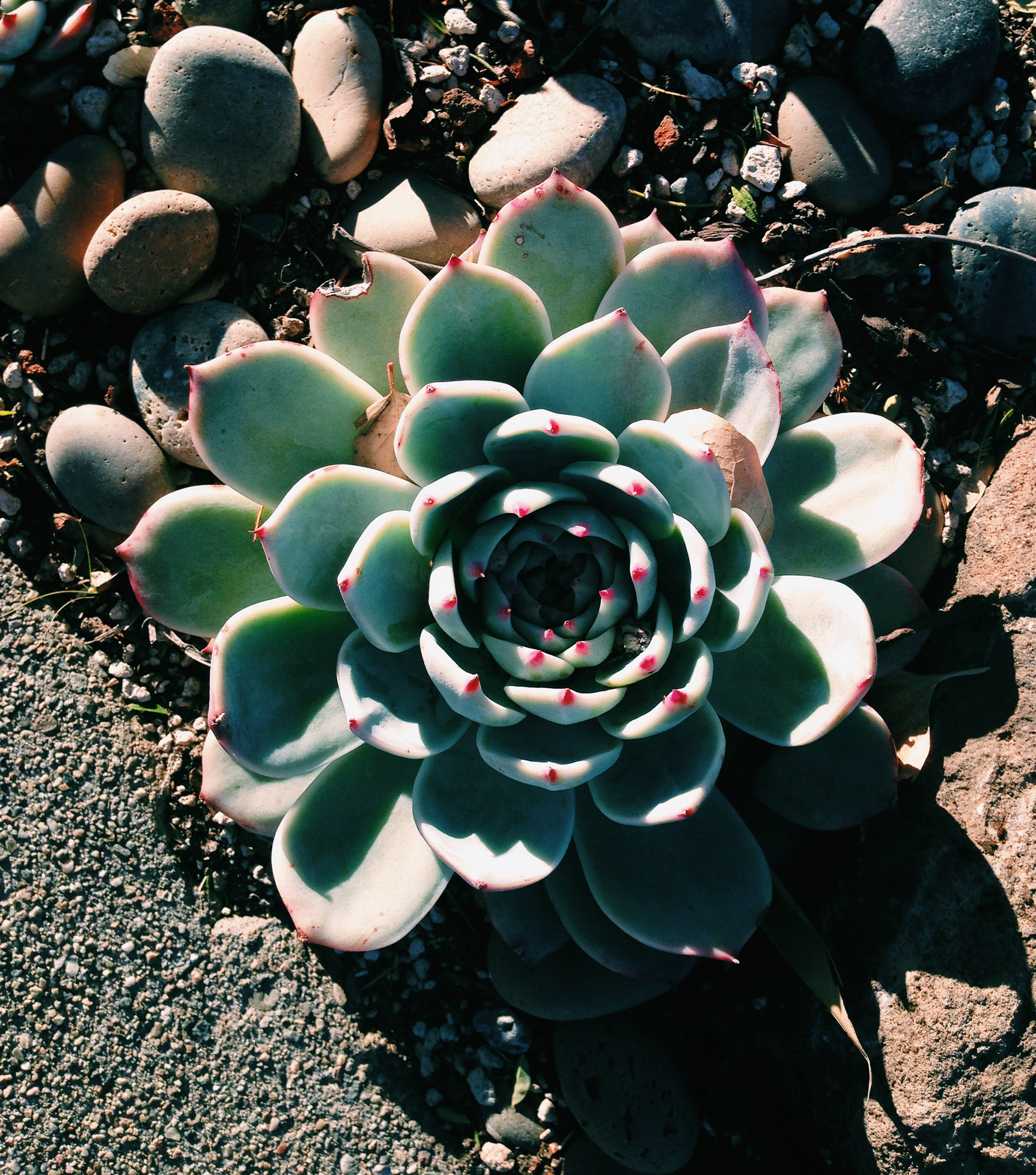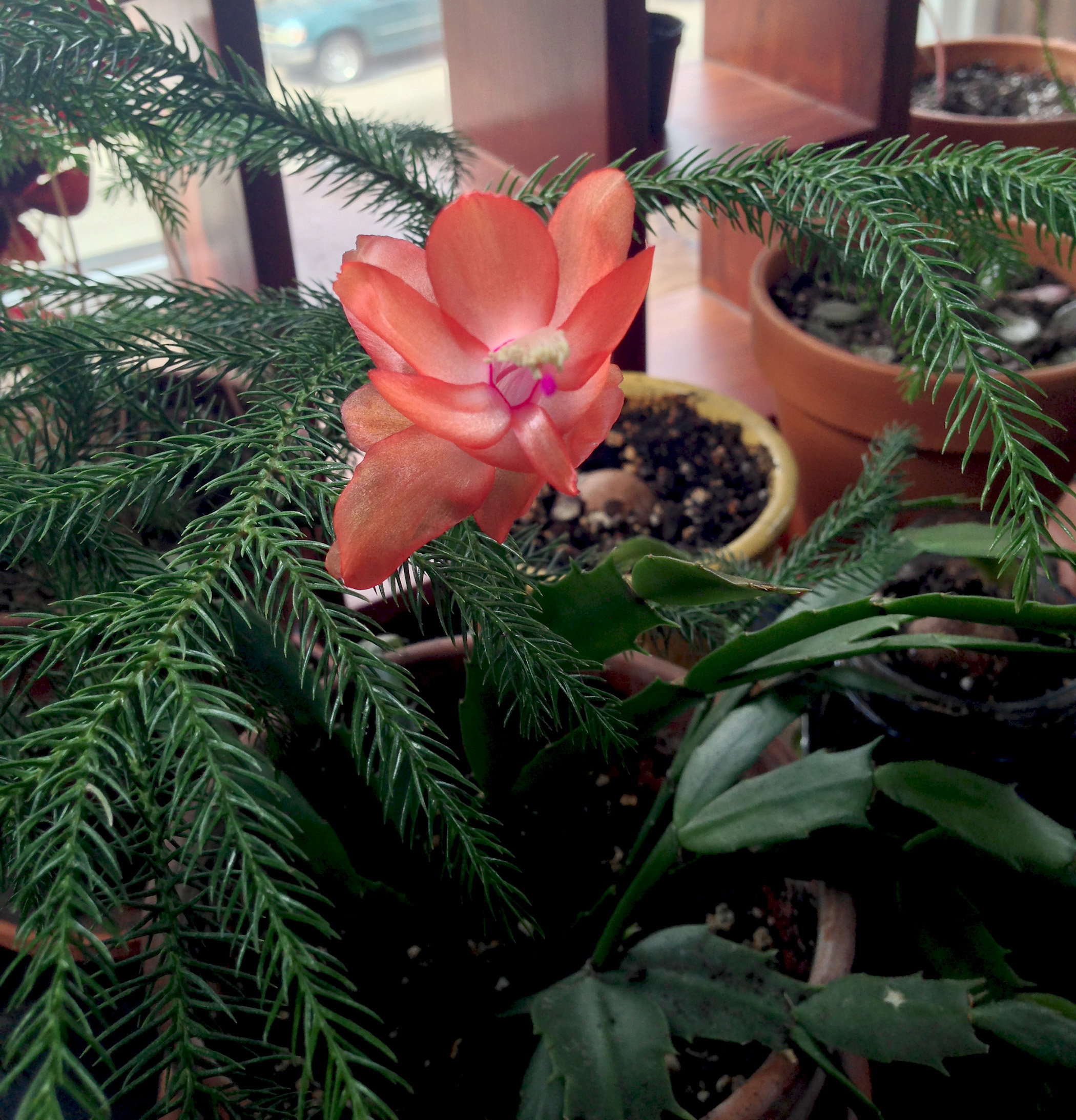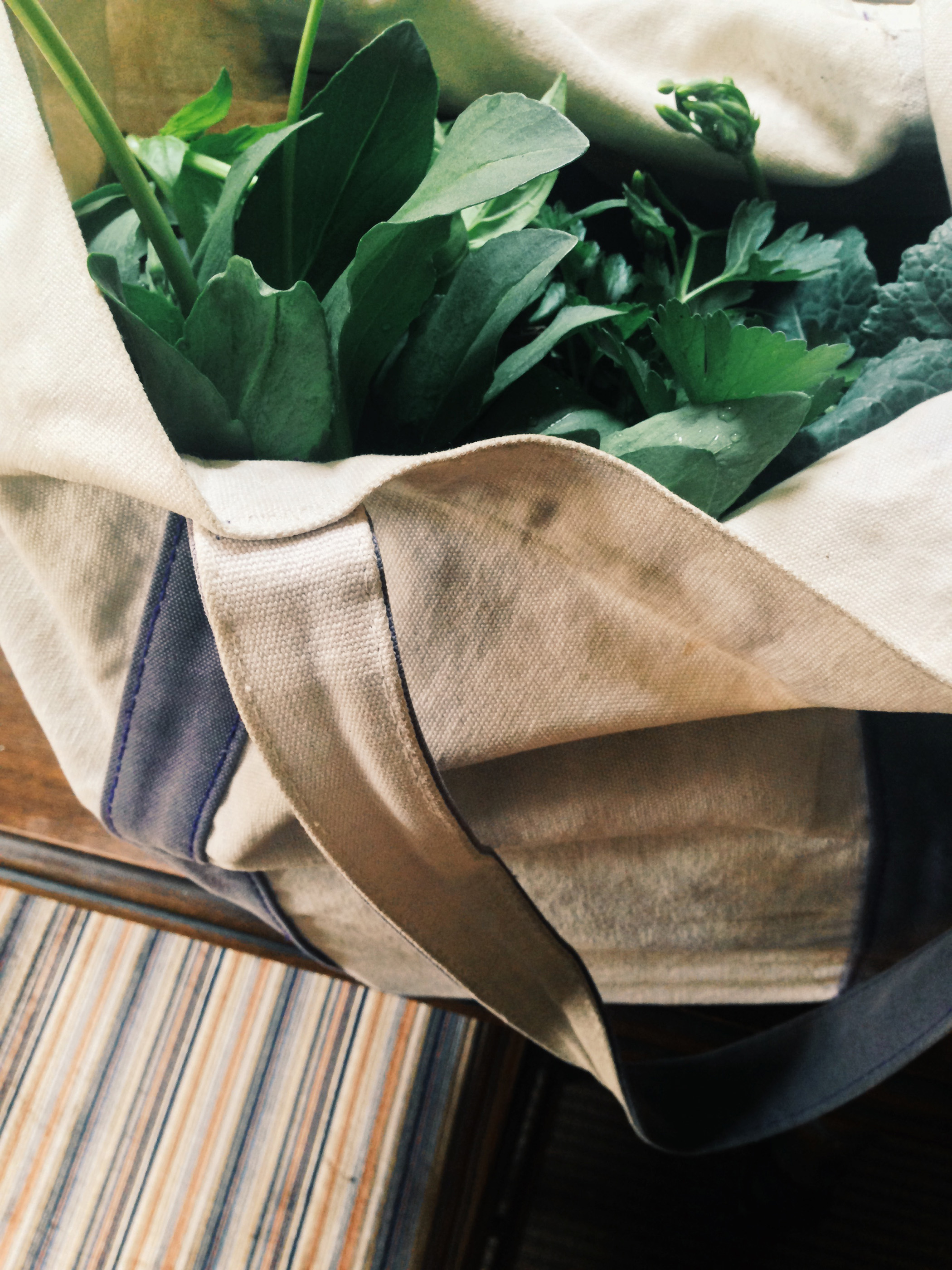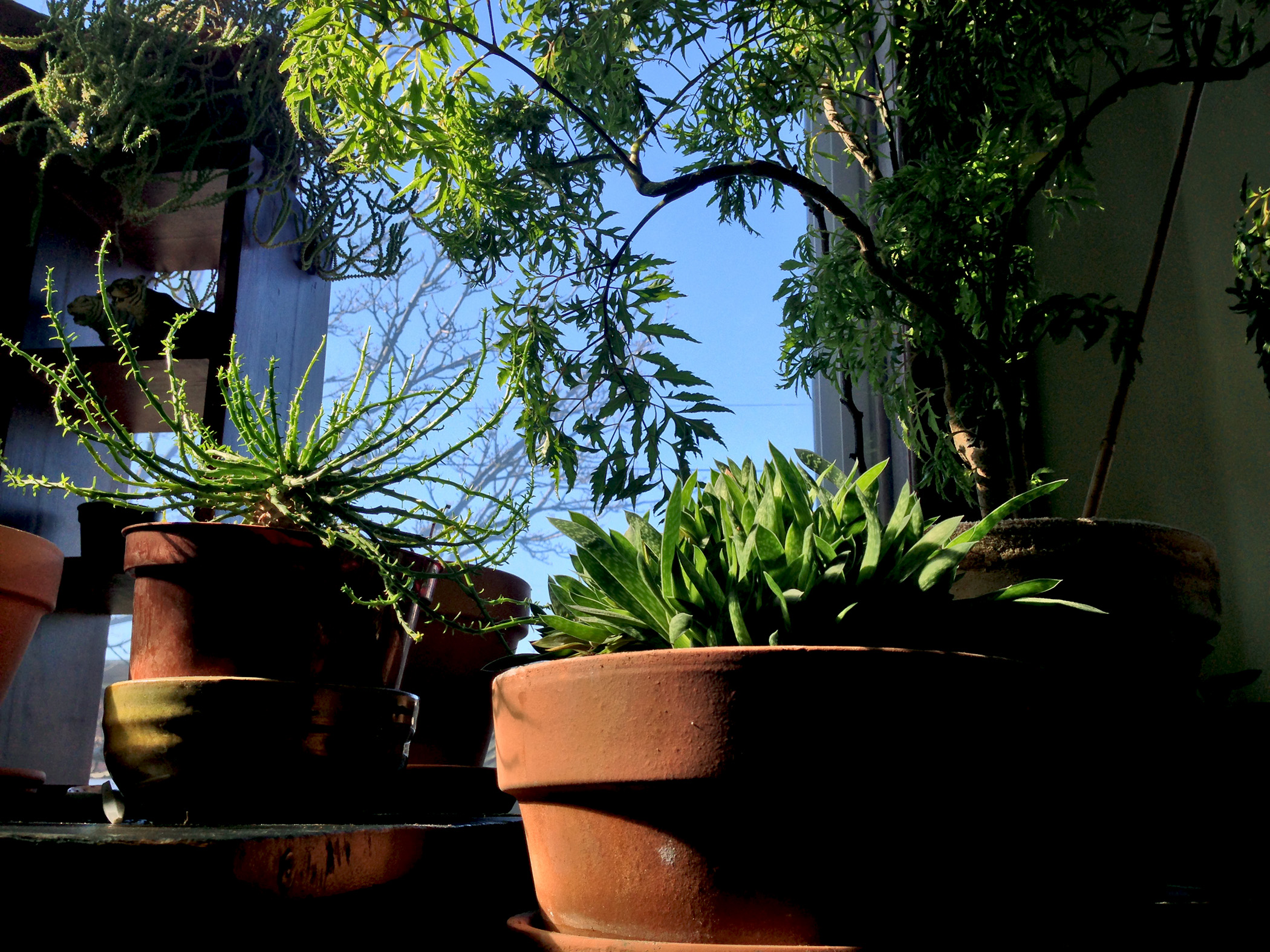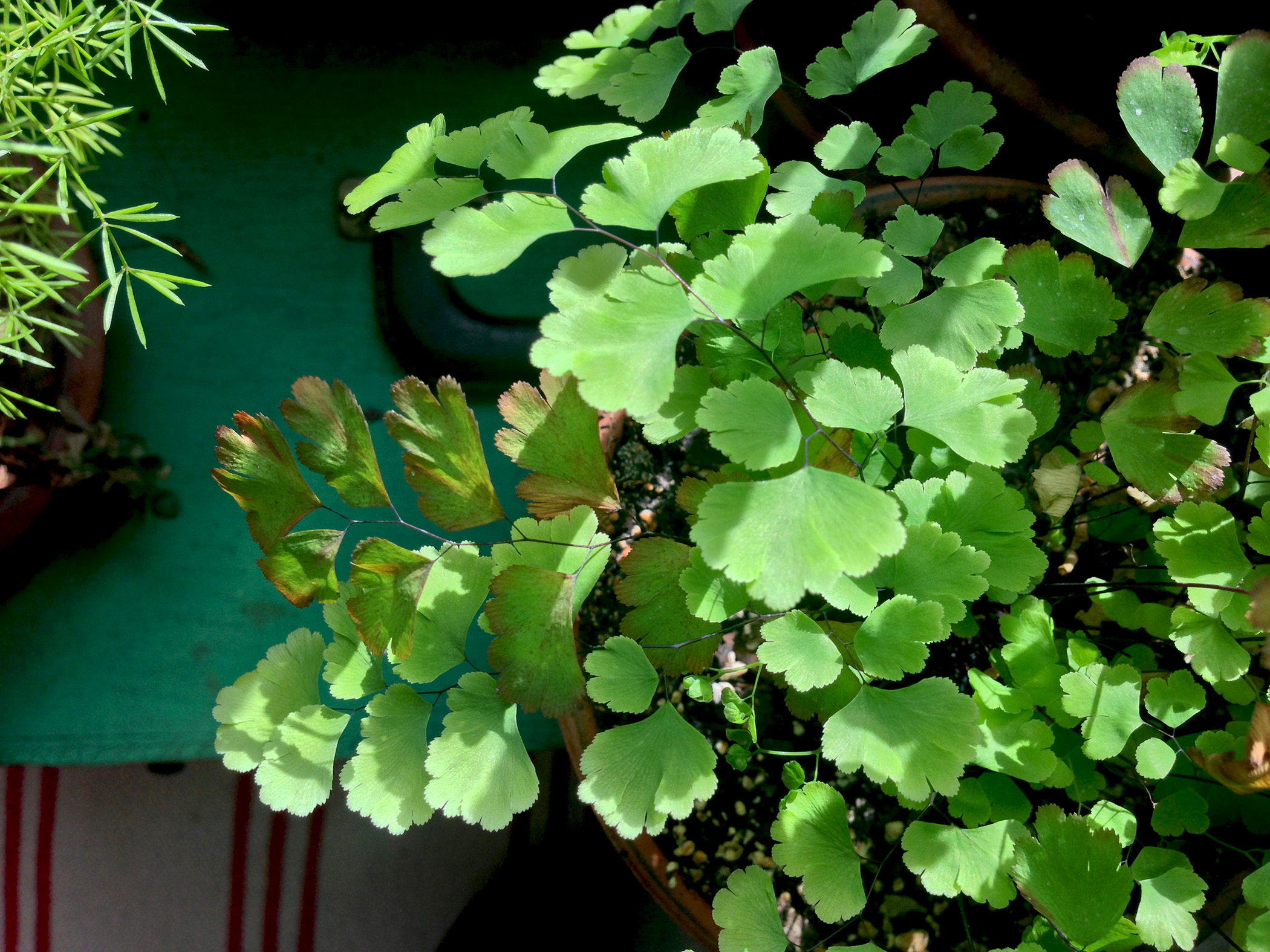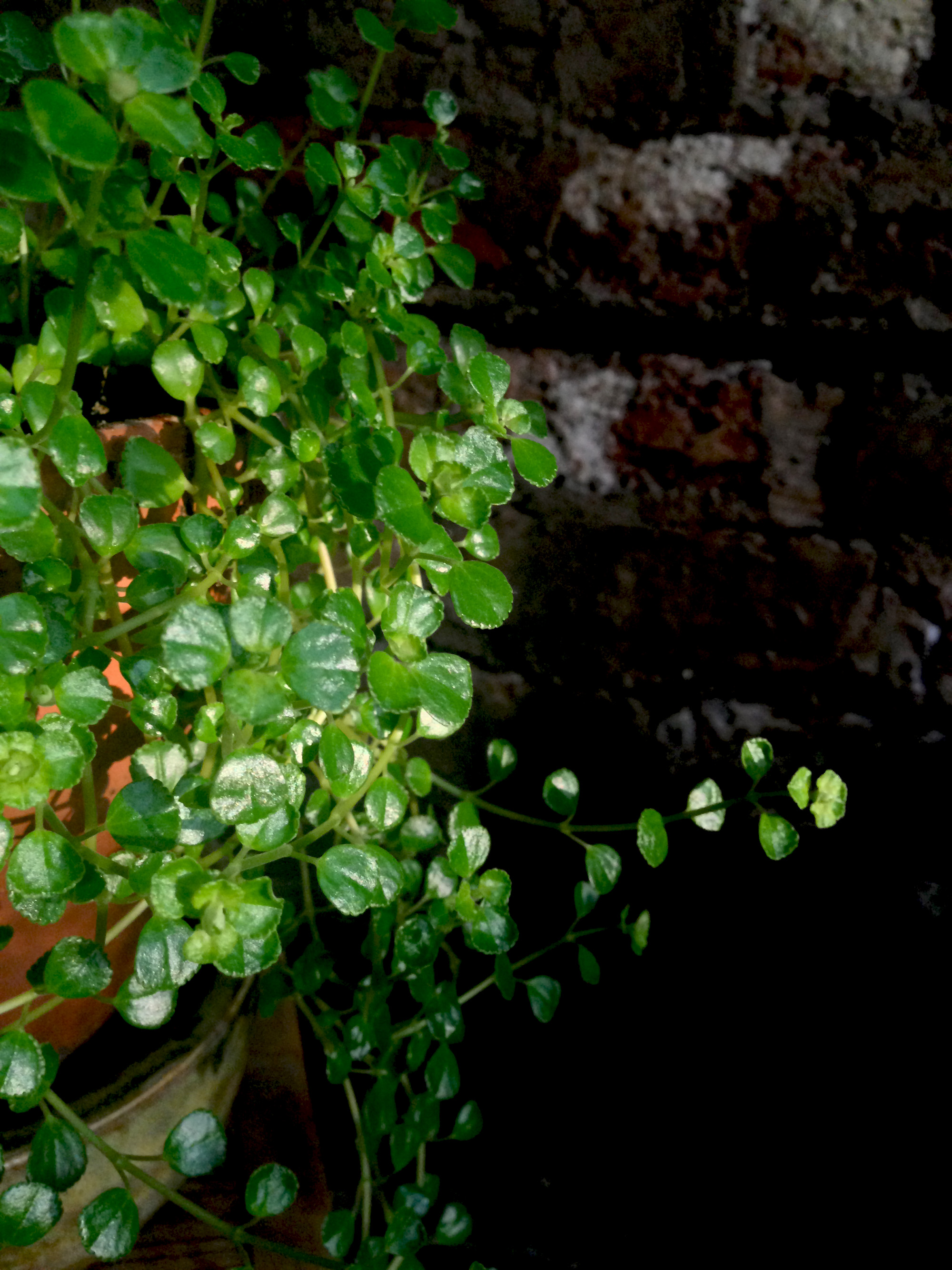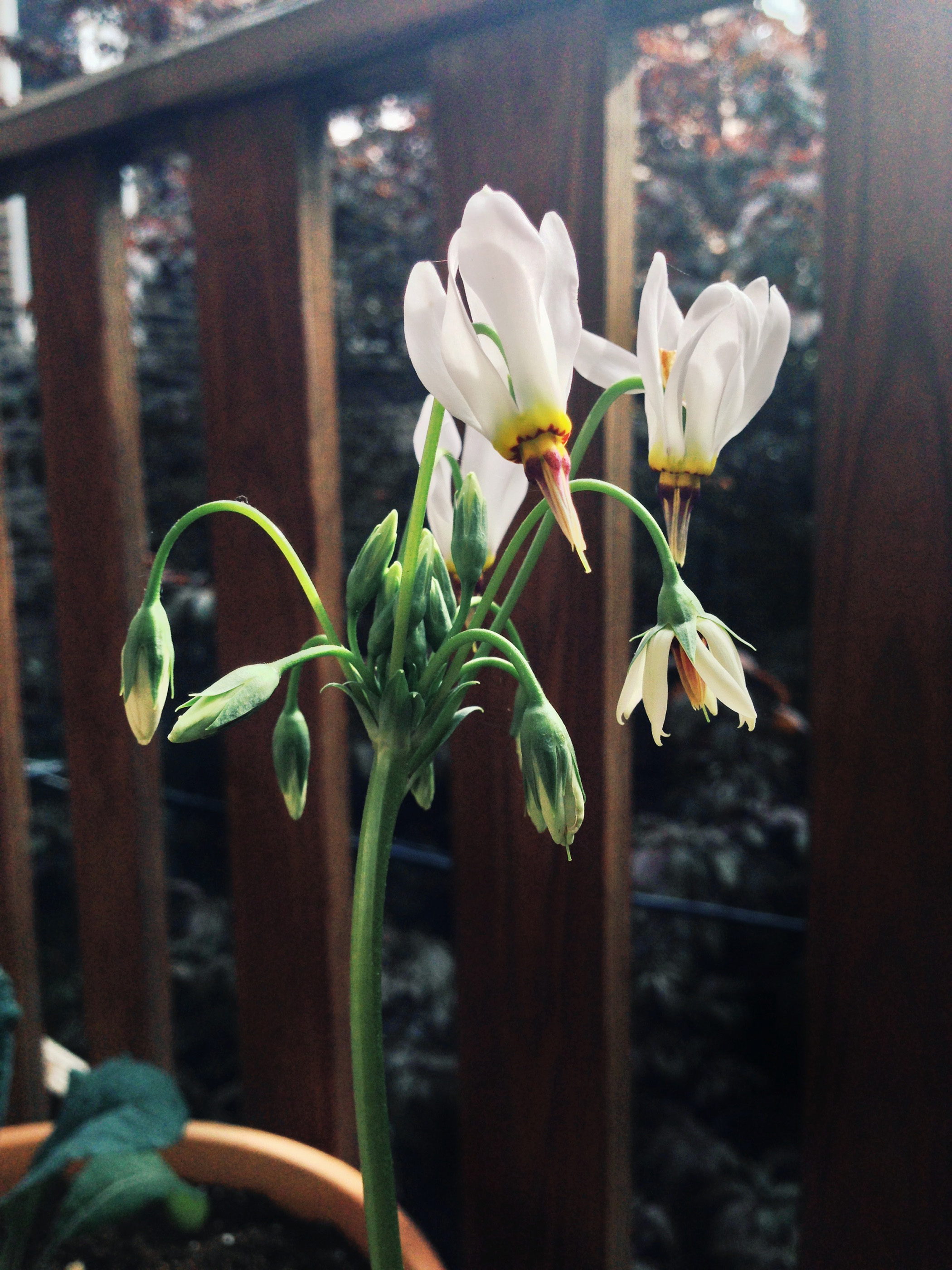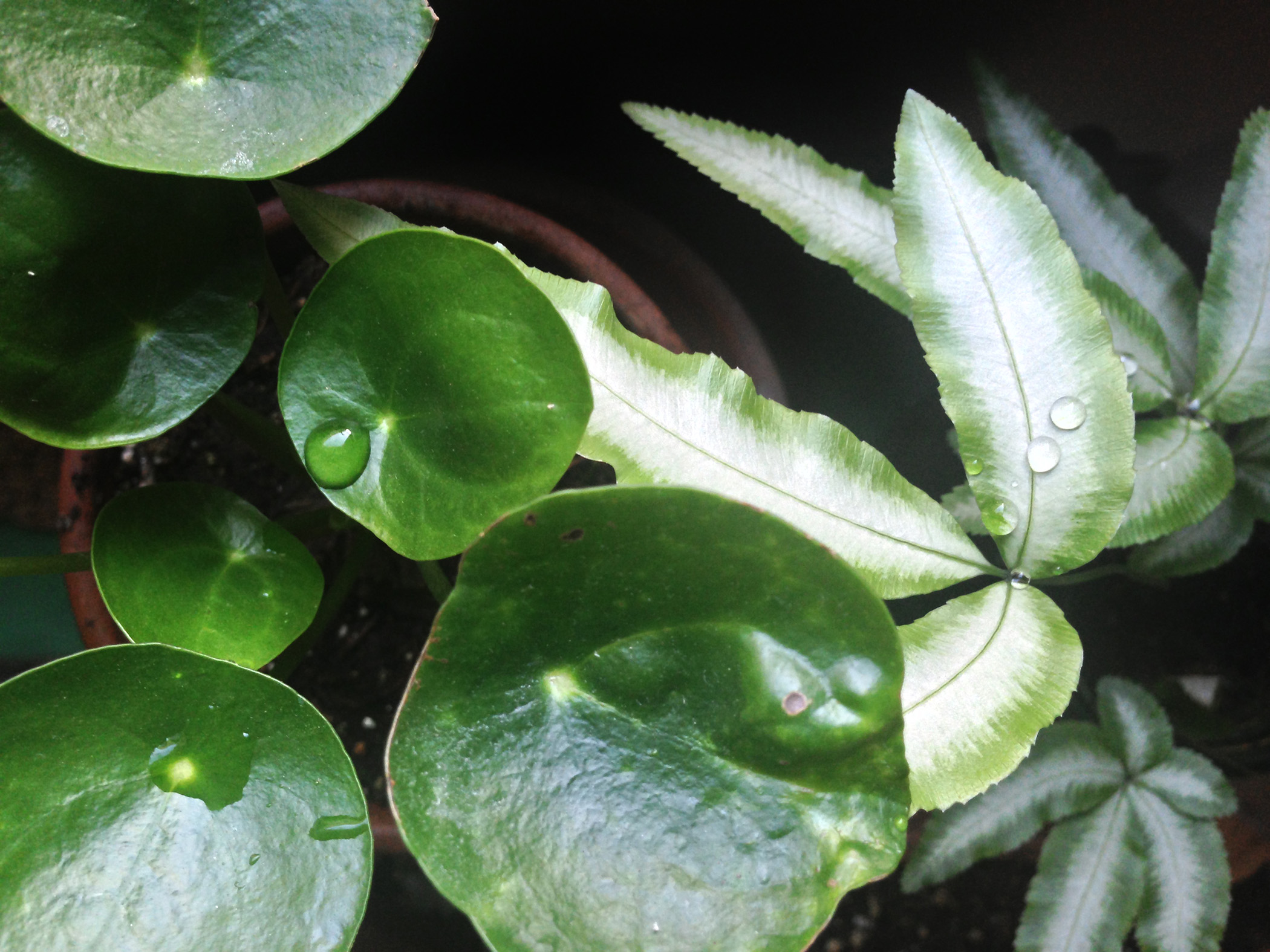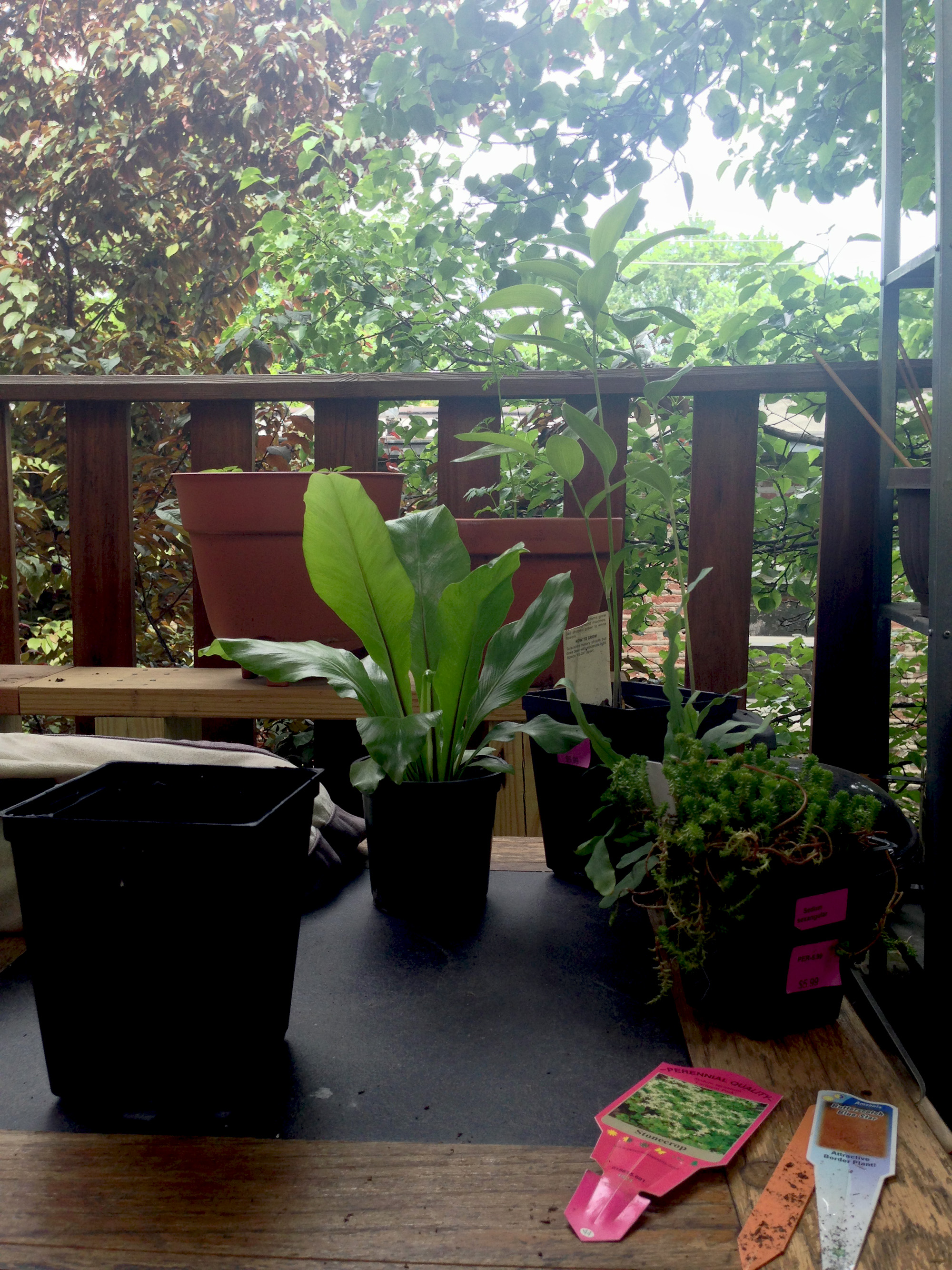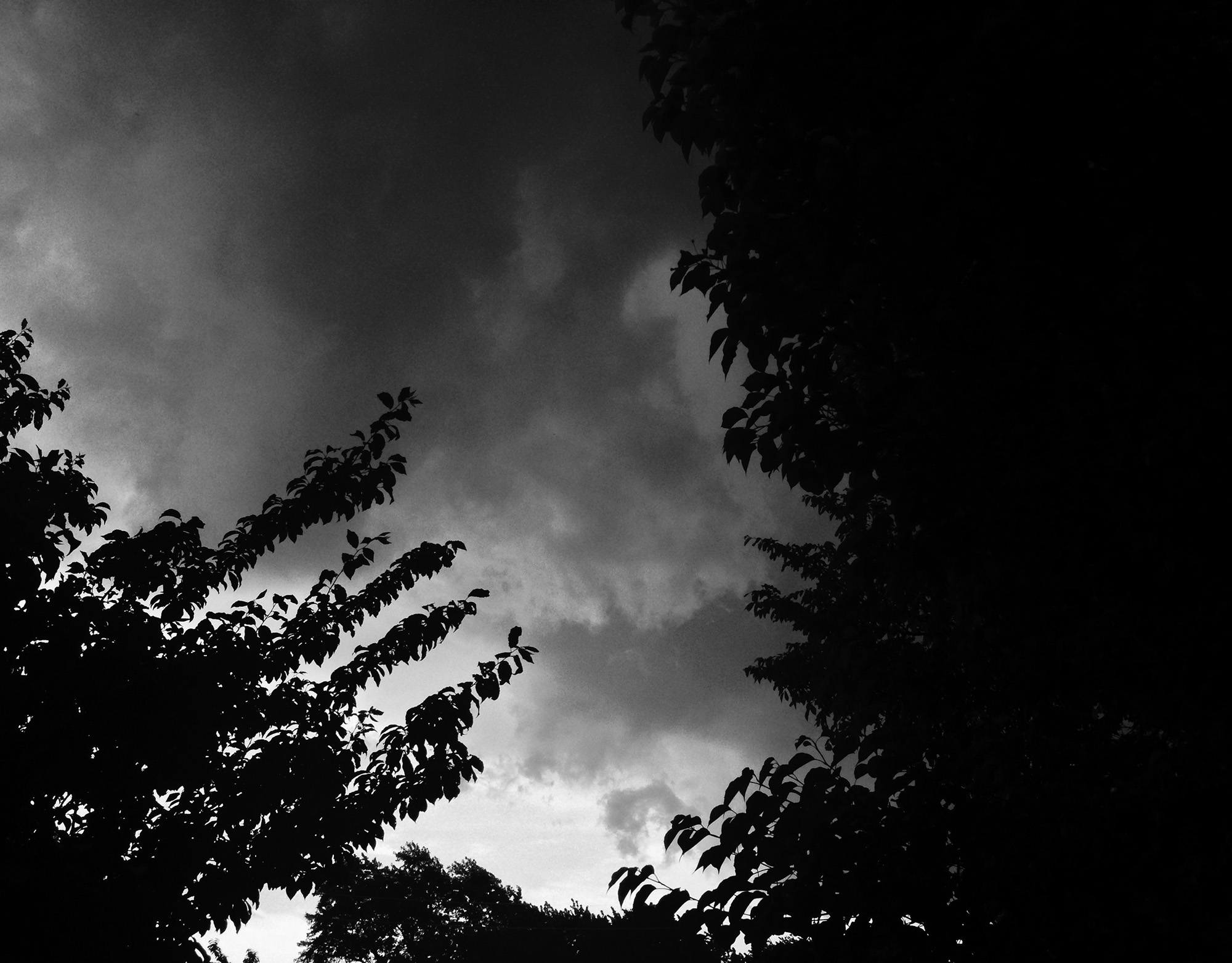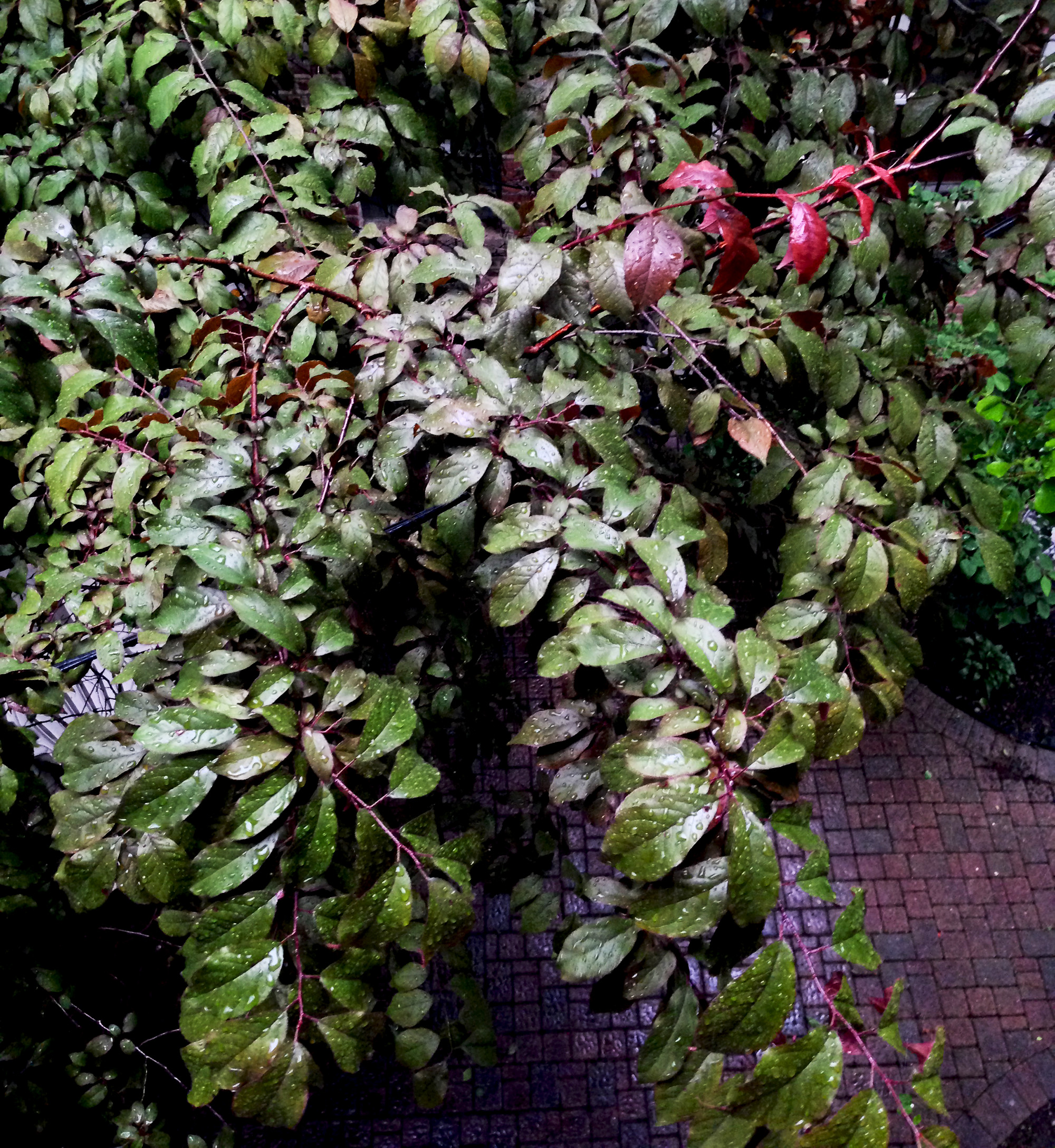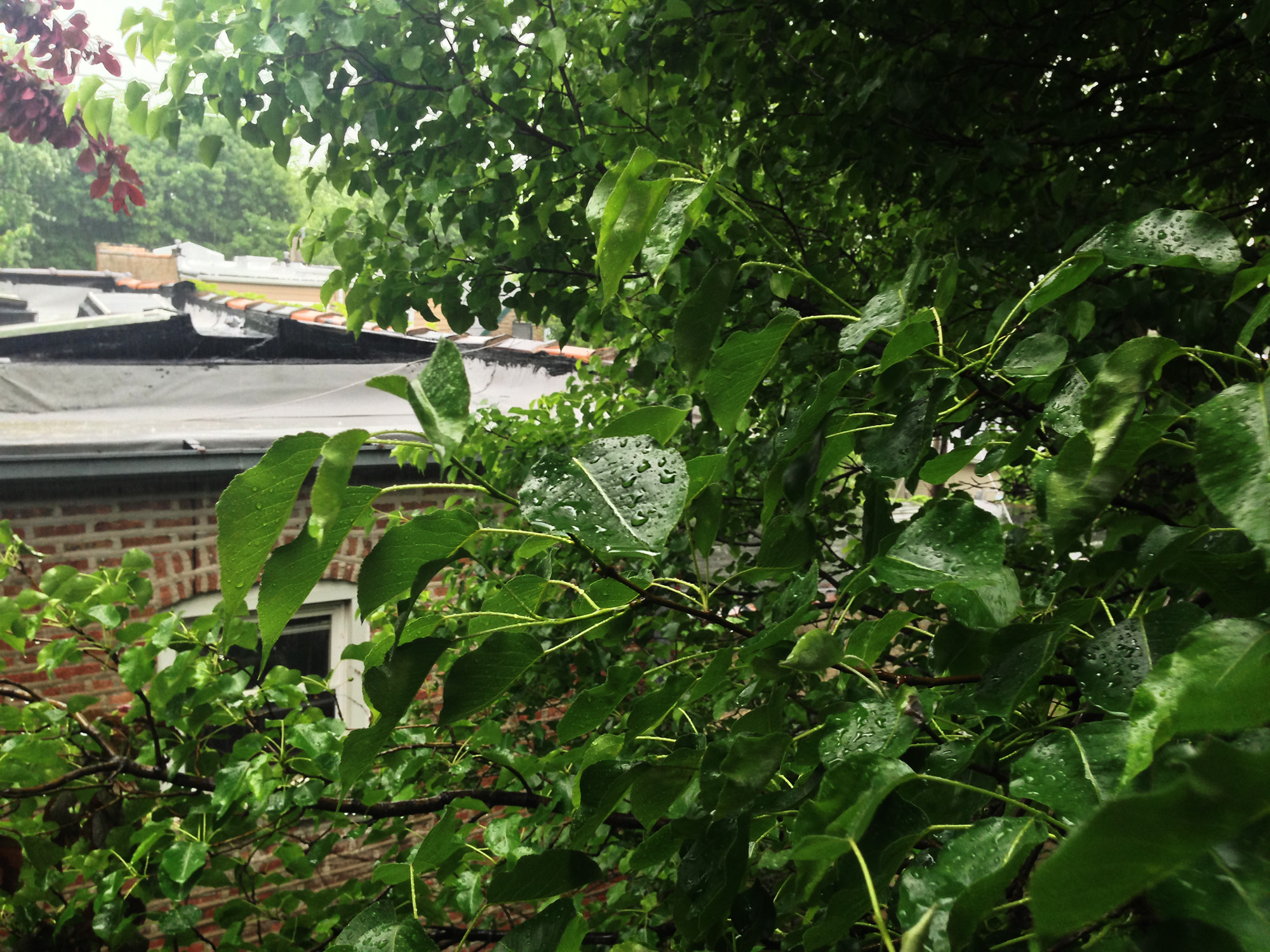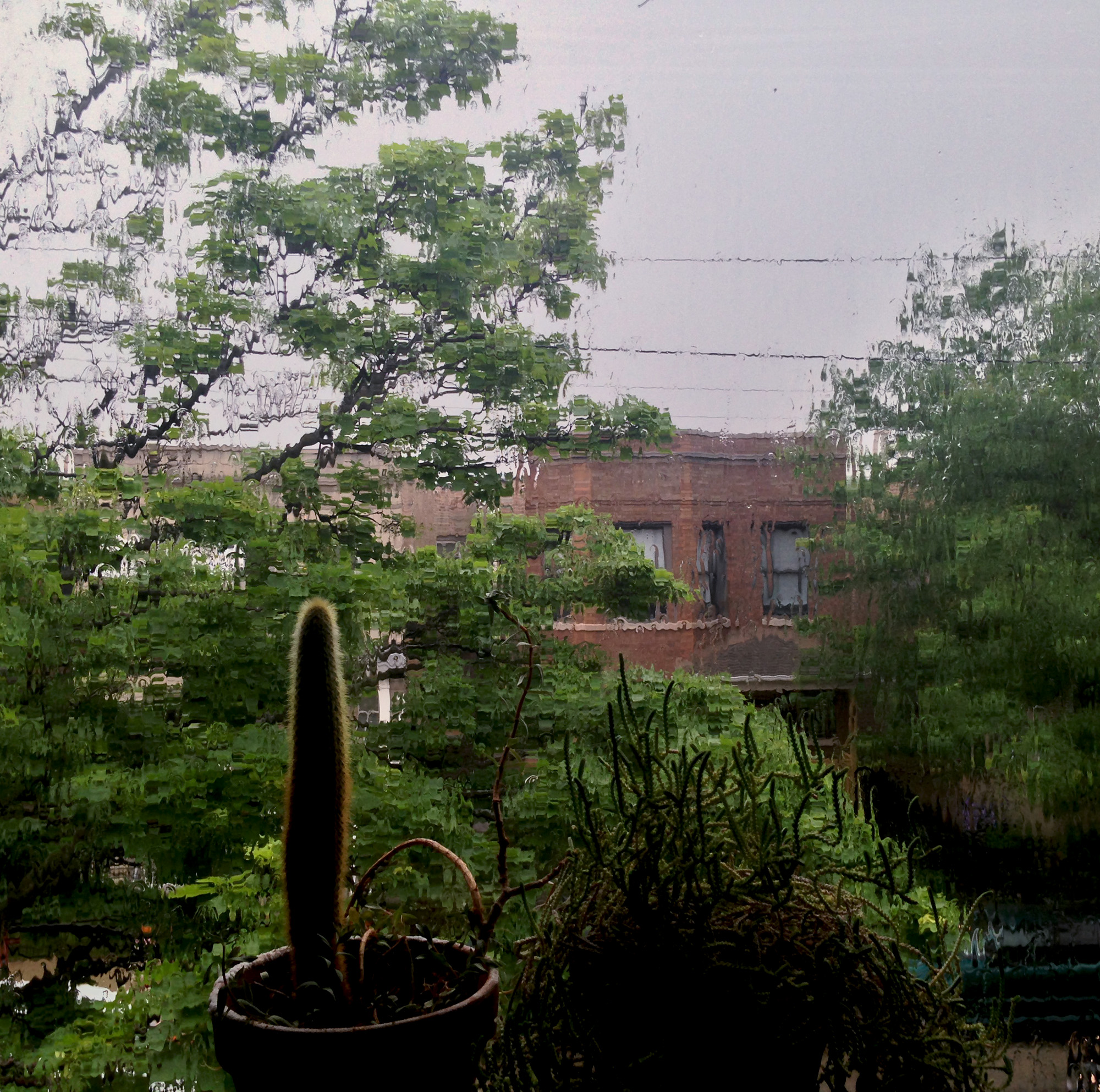Adjustments, transitions
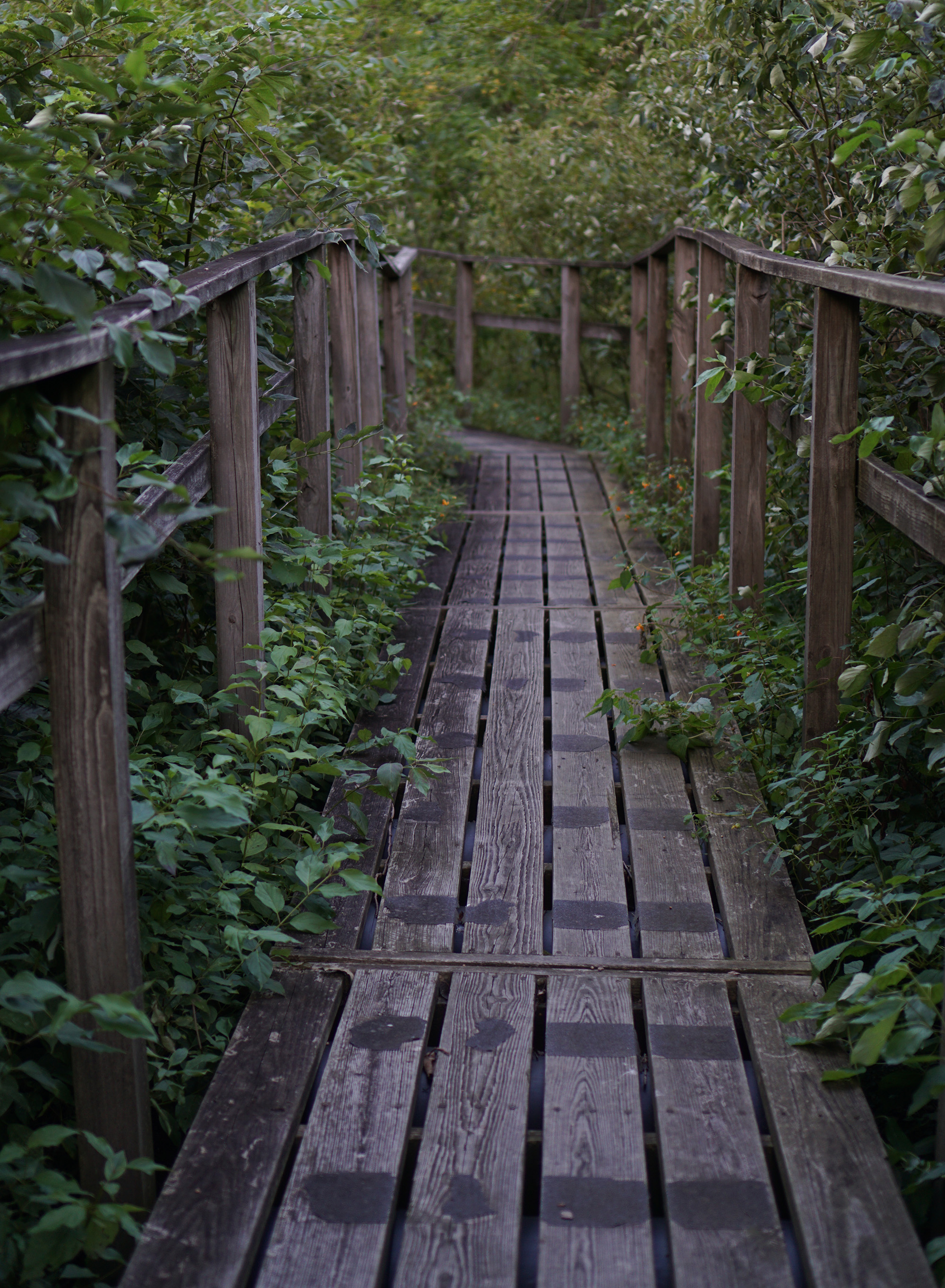
Back on Labor Day, surrounded by all that loud, vivid green, I was almost able to drown out the “last day of summer” whispers. Summer was alive and present. The sun was still out. The day was hot and muggy and the cicadas were screaming. People still strolled sleeveless, sockless.
As we wandered through deep woods, the first step on our journey back to the city, I saw it on the edge of a row of bright green oaks and alders. Fall. It was a little spindly thing with lime-veined pink vellum for leaves. It grabbed the early evening light, and radiated a nostalgic warmth. It stuck out, a lone blast of color and crunch against a soft green backdrop. I wondered about this little tree. About the accelerated calendar it must have been using. About the singular forces that made it begin to turn so much earlier than the others.
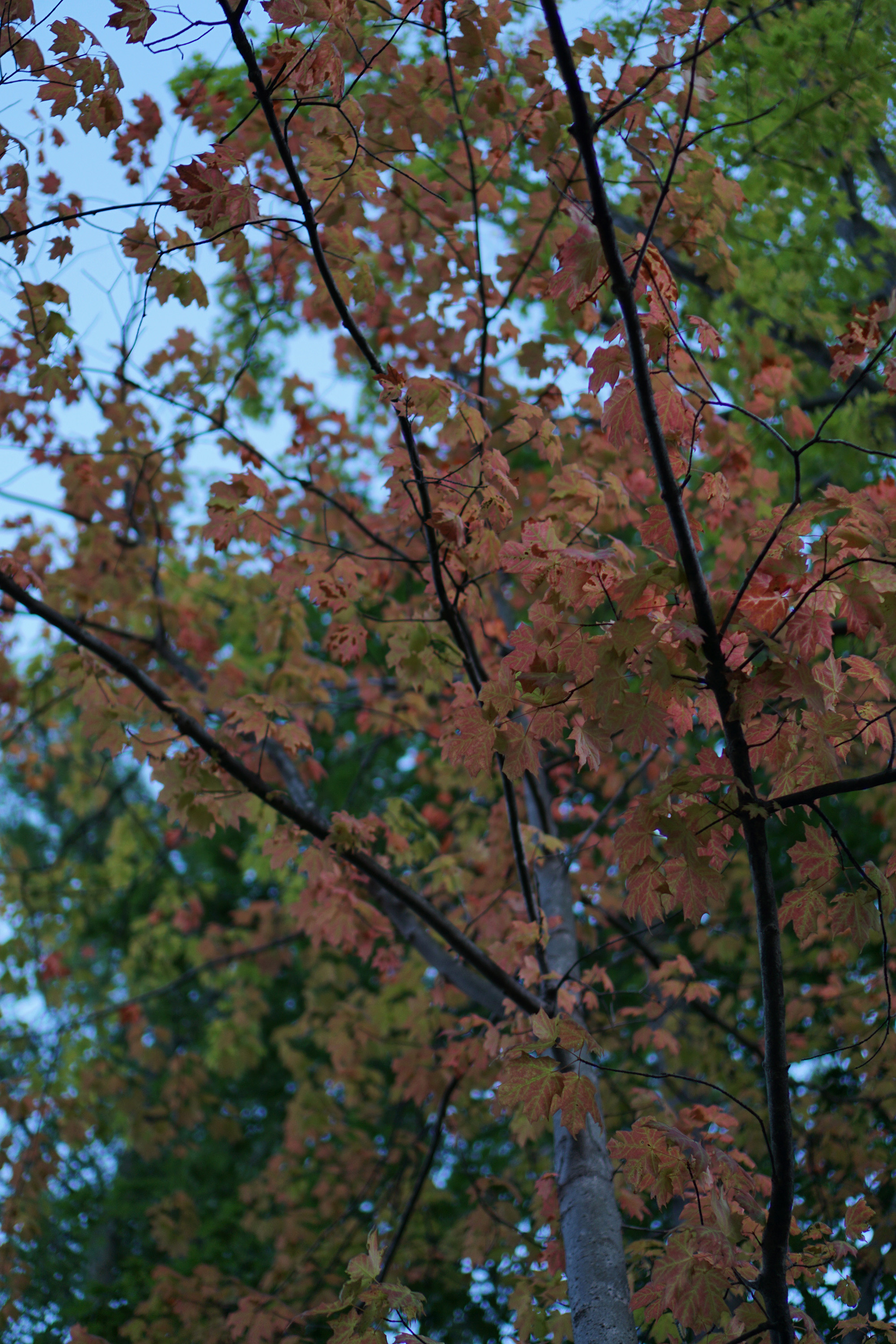
I kept walking, leaving fall behind, thinking it was an anomaly of the far northern suburb we had ventured into, something to deal with later. I reentered the city, blindly expecting summer to blaze on. But, sitting in my living room staring out at the treetops I’d grown so used to these past few months, I saw it again. Fall. I noticed the leaves of the honey locust across the street. A canopy of the brightest, boldest green whose uppermost leaves had now begun to yellow. Its bits of confetti gently released their hold on the branch, almost indiscernible for those not paying attention. And I realized, I hadn’t been paying attention.
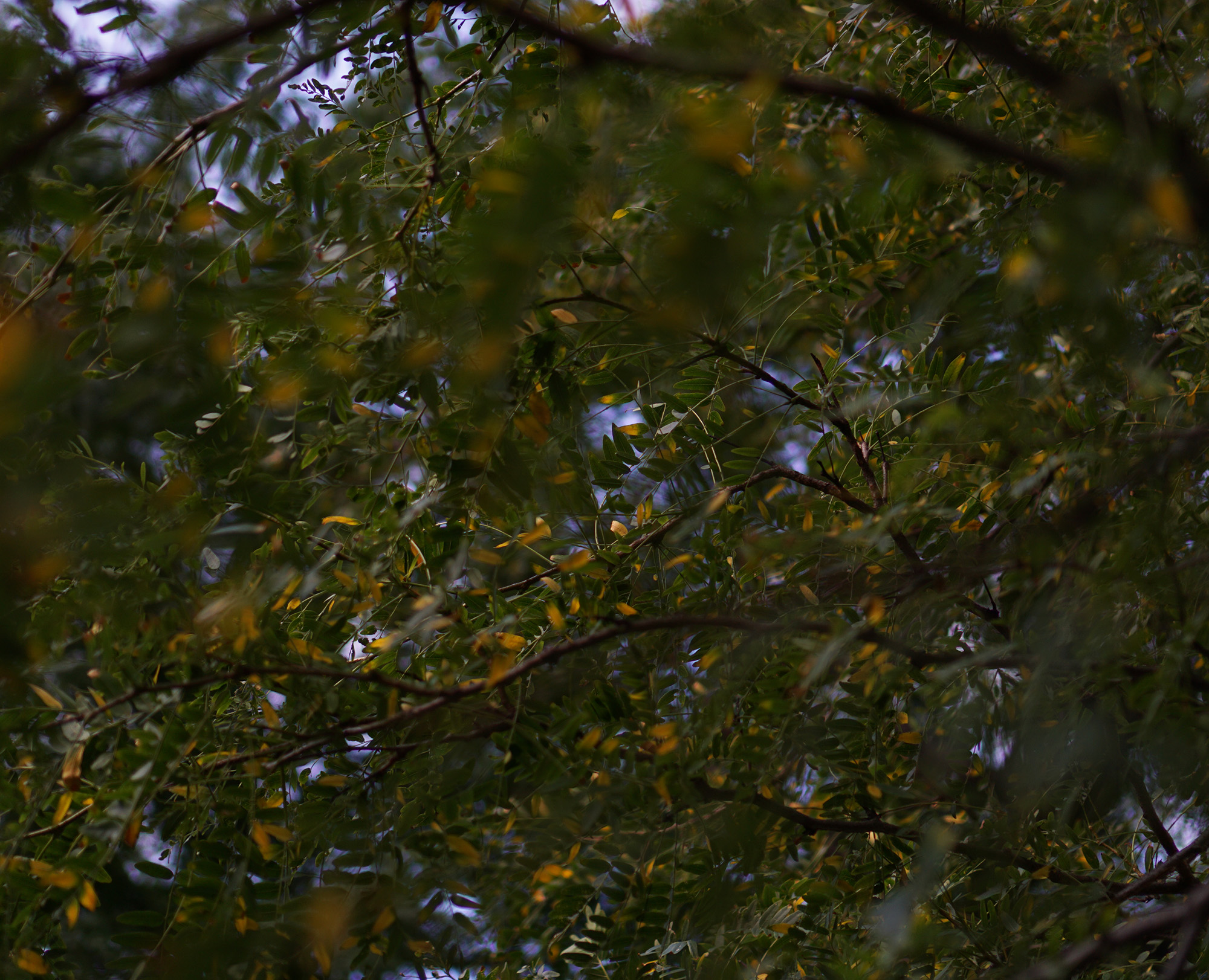
For all the walking and wandering and gazing and thoughtful considering I’d been doing this summer, my eyes had been closed. I saw what I wanted to and ignored what I didn’t. I’d quietly trained myself to take in the good, the green, the growing — and avoid the signs of change and transition. The fading color, the curling edges, the going-to-seed. Summer is on its way out, and fall is humming its arrival.
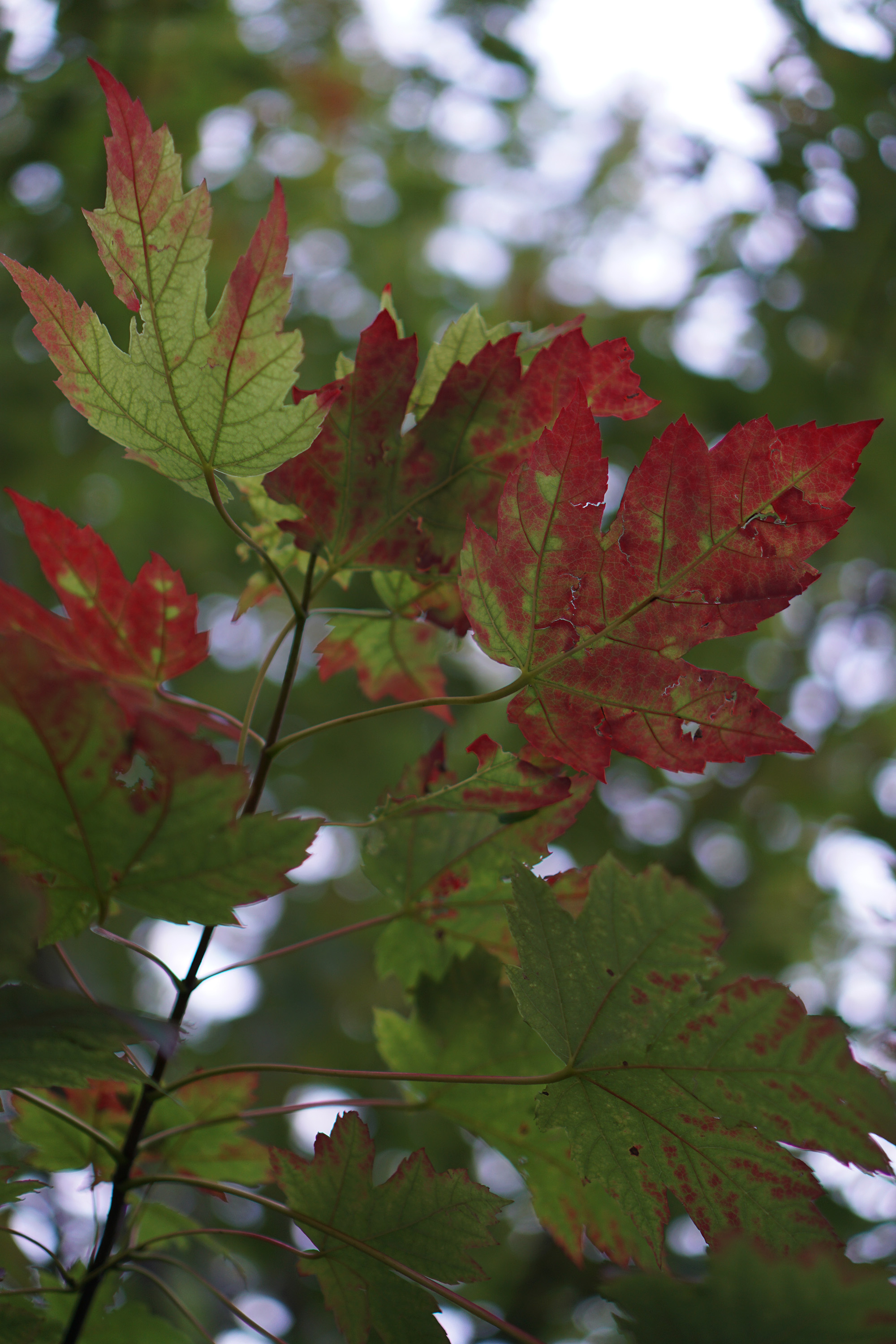
Change is something I’ve never been good at accepting. I resist it, averting my eyes and ignoring the inevitable. I crave stability but rarely attain it. Out of control, hovering just shy of the unknown, the anticipation of the changes to come tighten in my stomach.
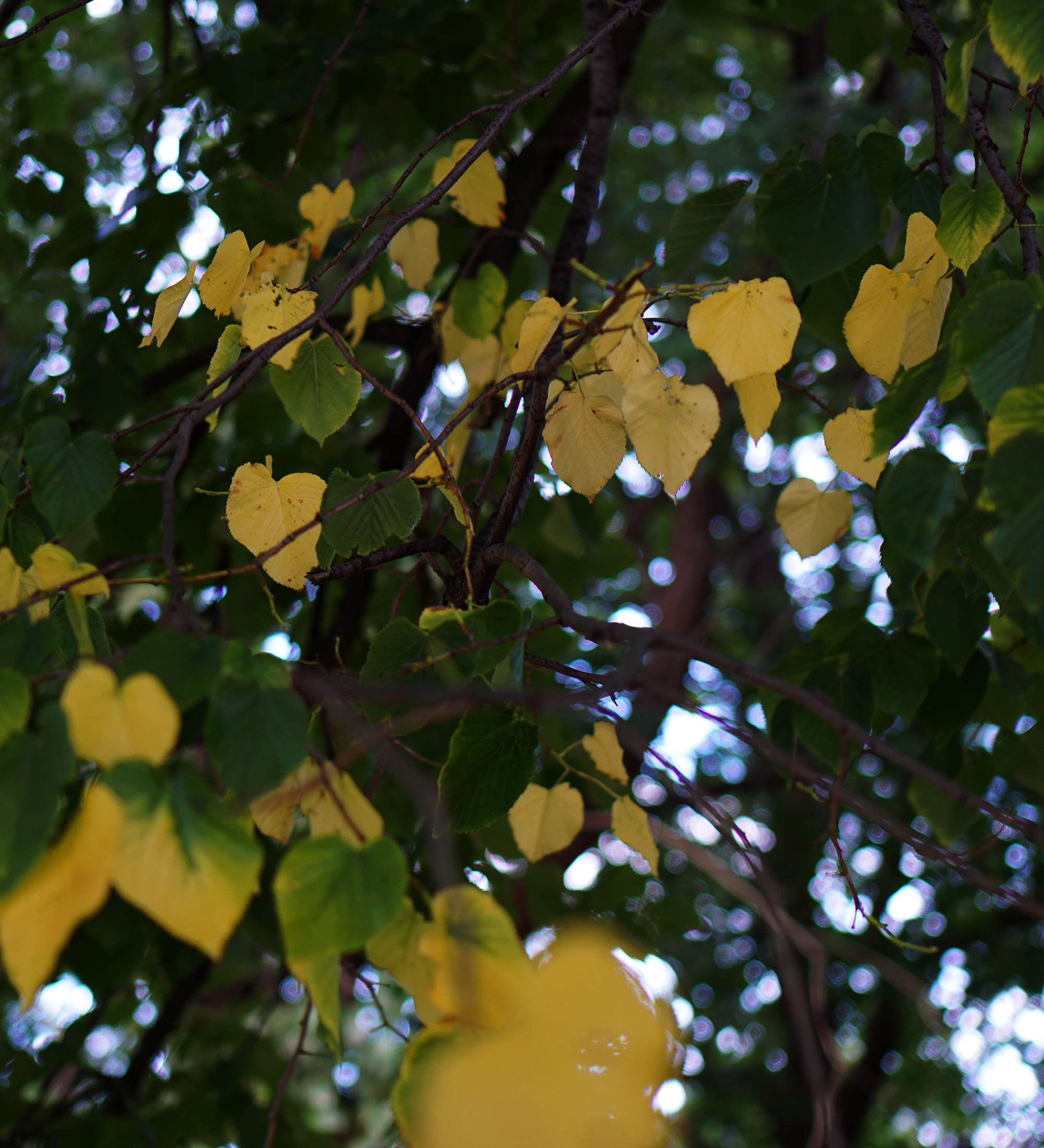
For the gardener and greenhunter, these last days of summer feel a bit bewildering. Just as I had settled into summer, I now feel its warmth waning: an embrace that always ends too soon. Outside, things are changing everyday, usually signaling the end of something that had been beautiful to behold. But this year I heard a ringing in my ear. The echo of something I had already, somewhere in me, known to be true:
Don’t think of it as the end of summer, think of it as a season of new beginnings.
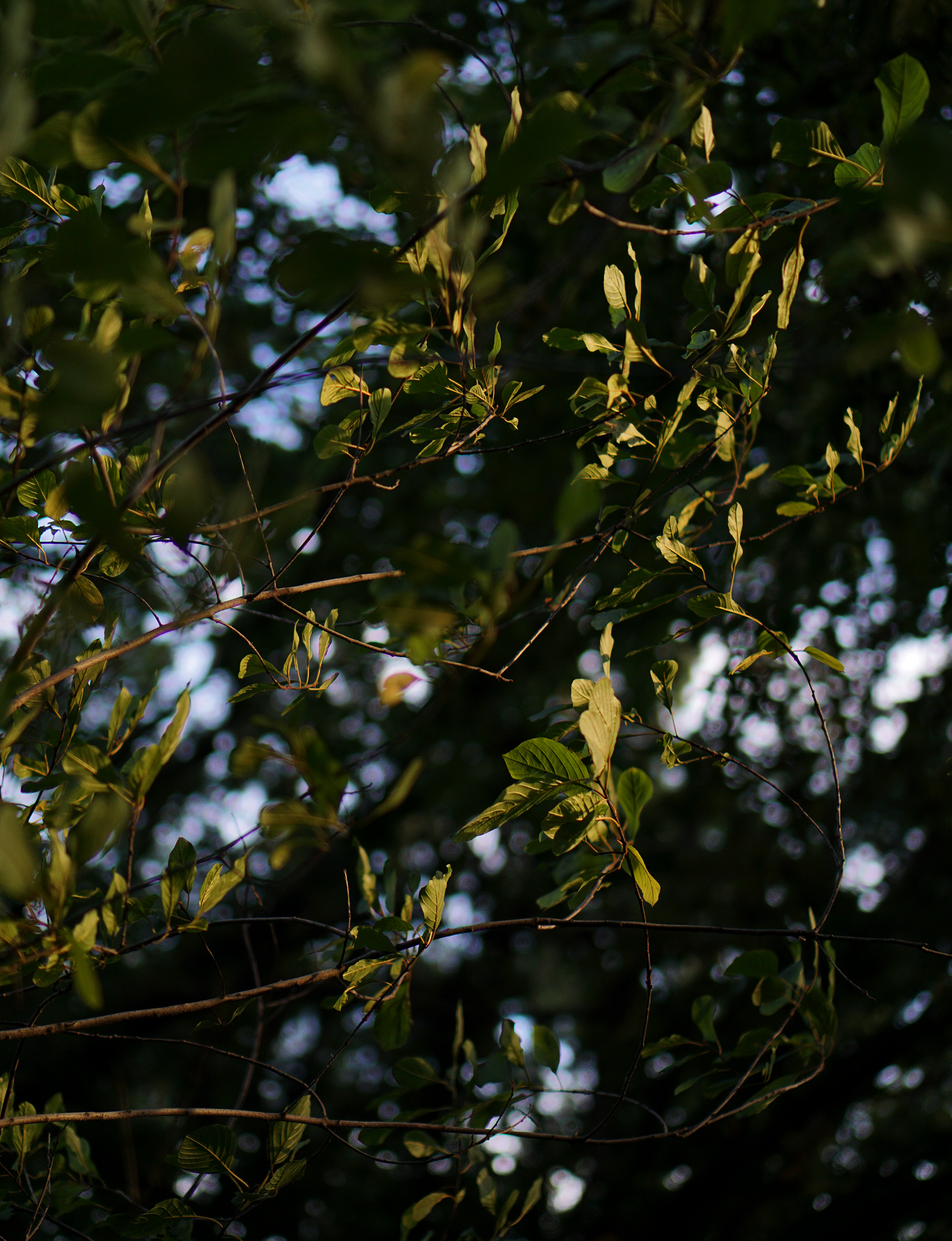
It’s a lofty task for someone who generally resists change by any means necessary. But in the spirit of new beginnings, I’ve started to look for signs of fall like I do with spring, spotting and uncovering the hints the living world has left around me. It’s still a slow shift — a flutter of yellow, pointed tips turning red, crisp brown wedged within curb — but I see it now, everywhere.
I don’t avert my eyes. I don’t avoid the signs. The exact shape and color and sound and smell of it is still unknown, but fall is coming. It’s ok to not know exactly what’s on the other side of all this change. And I’m working hard to welcome it.
